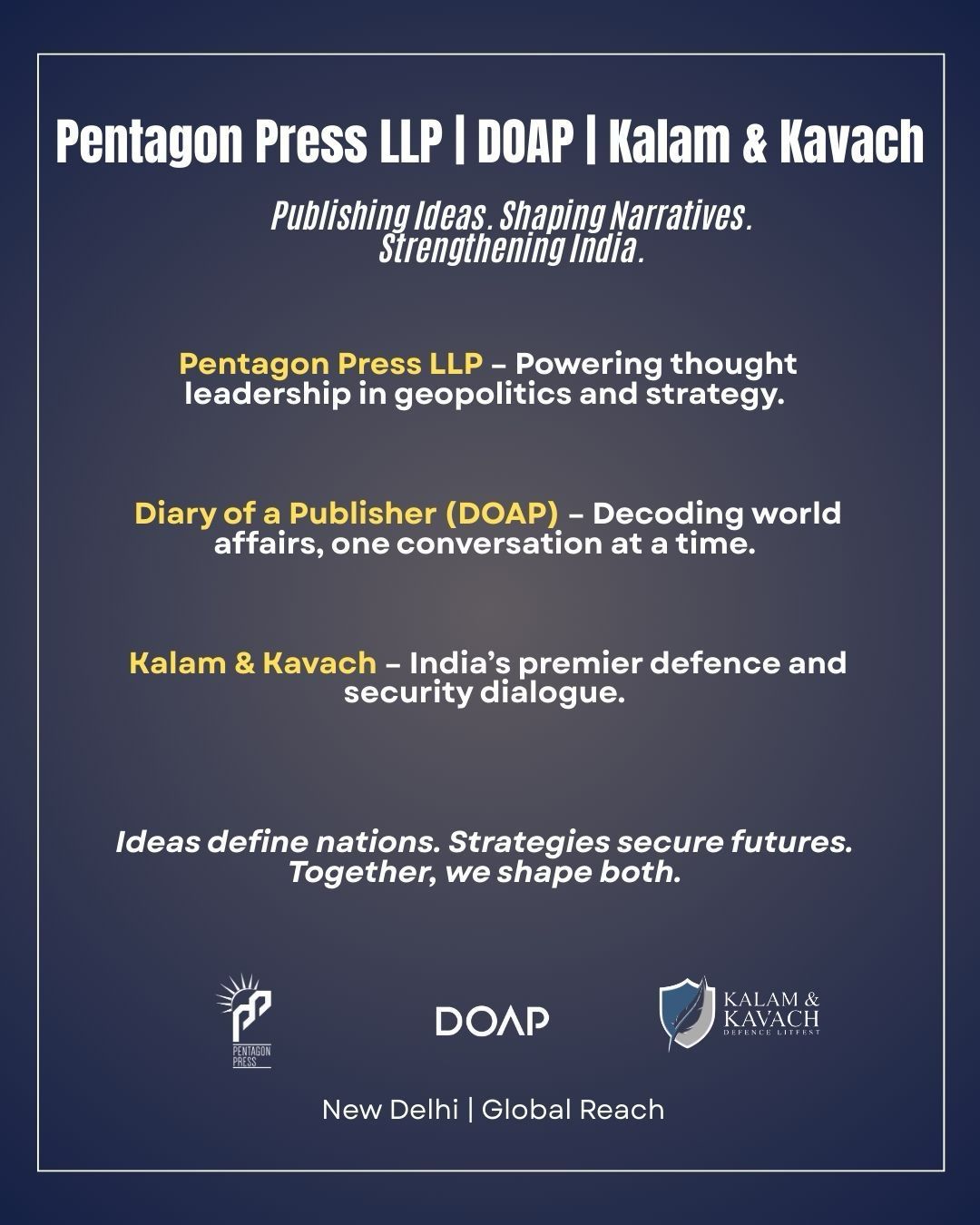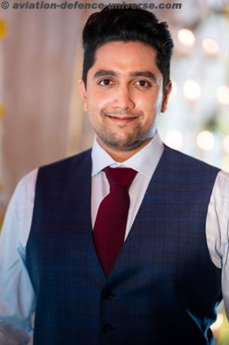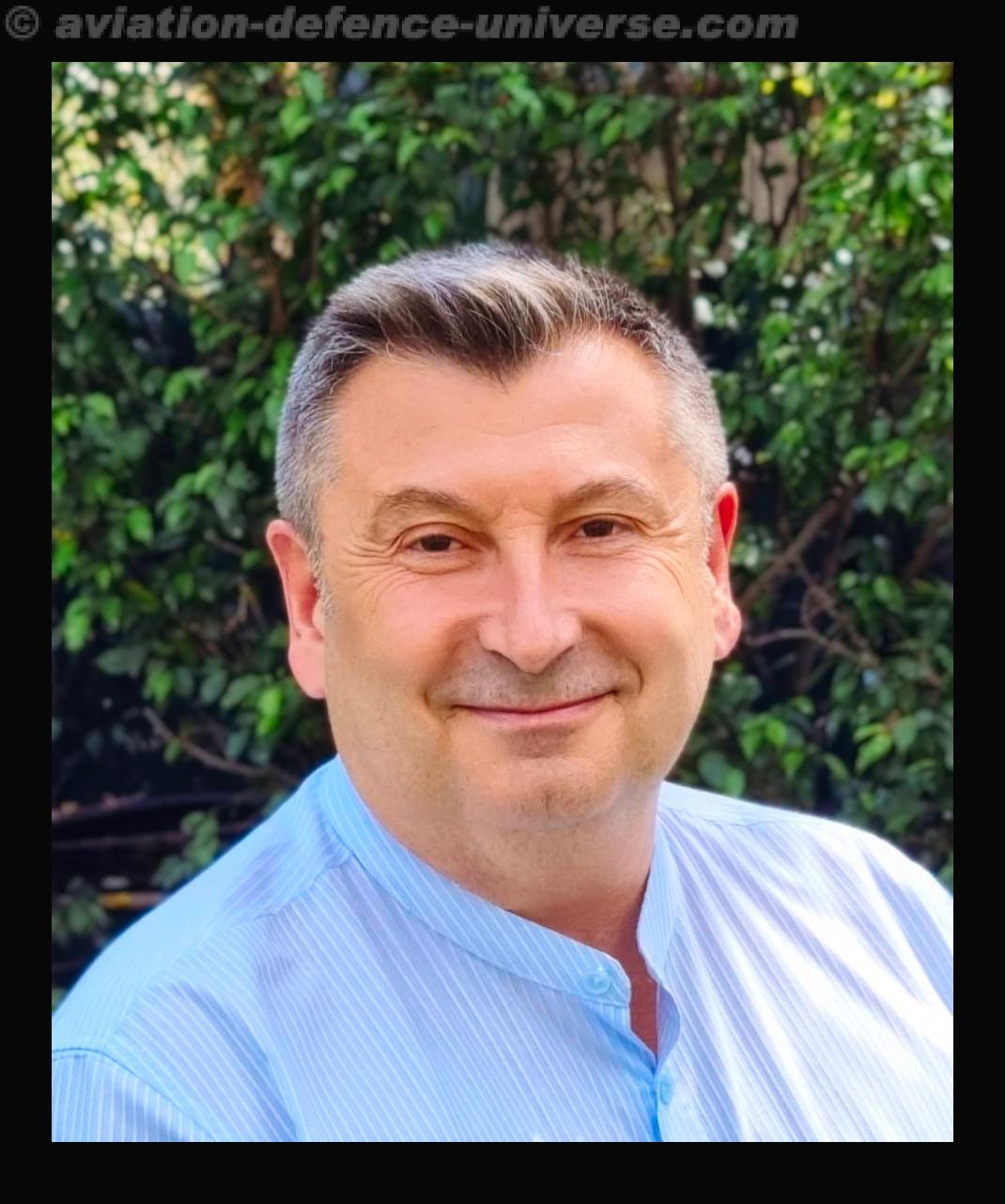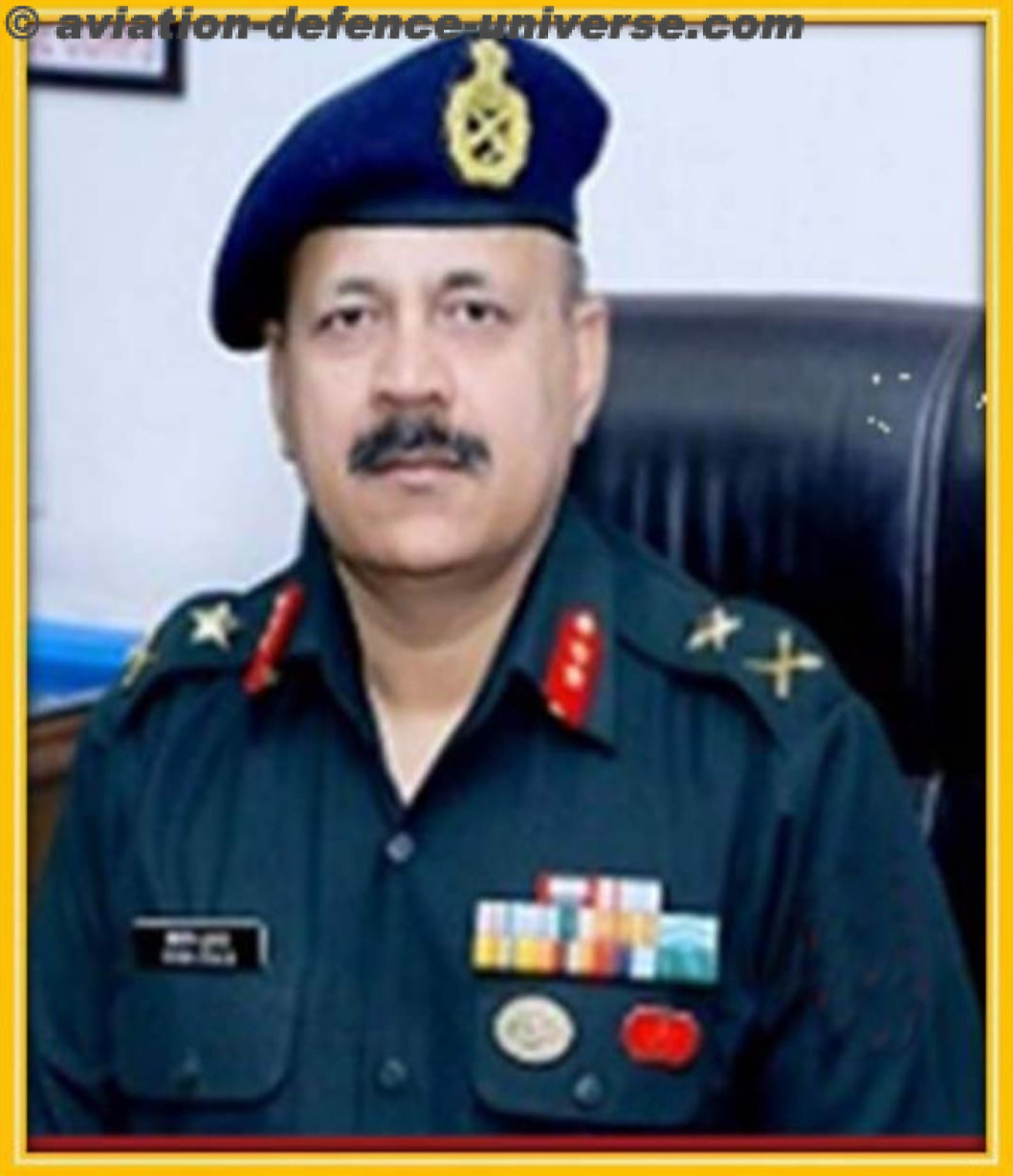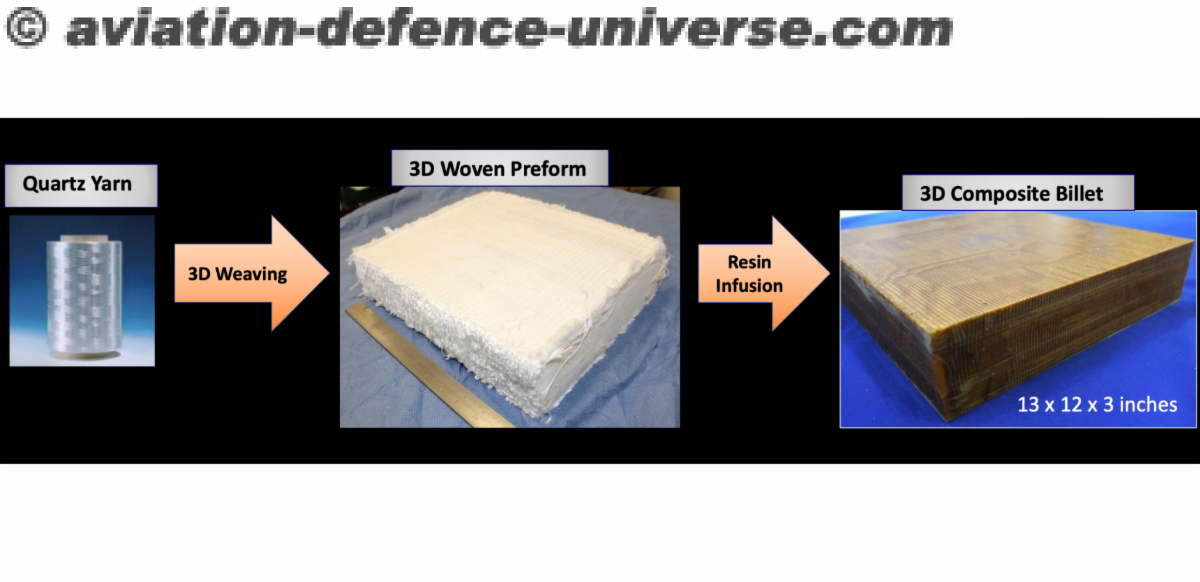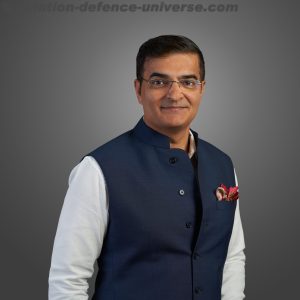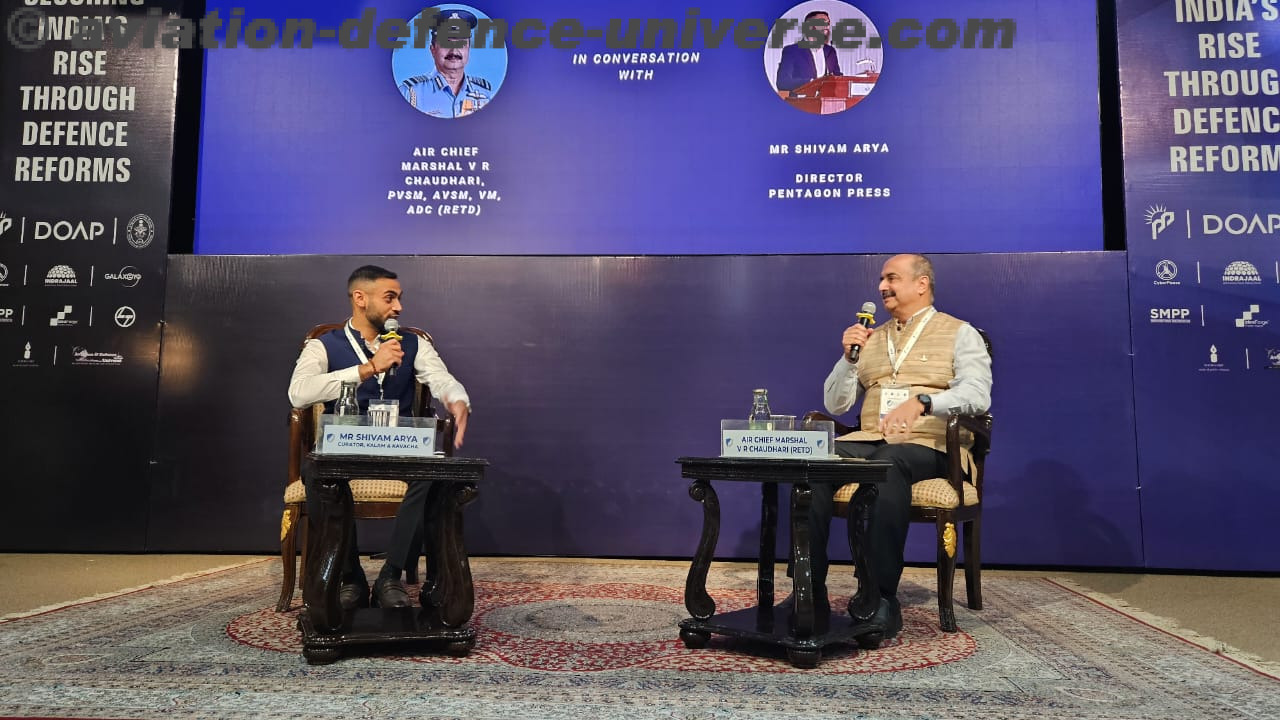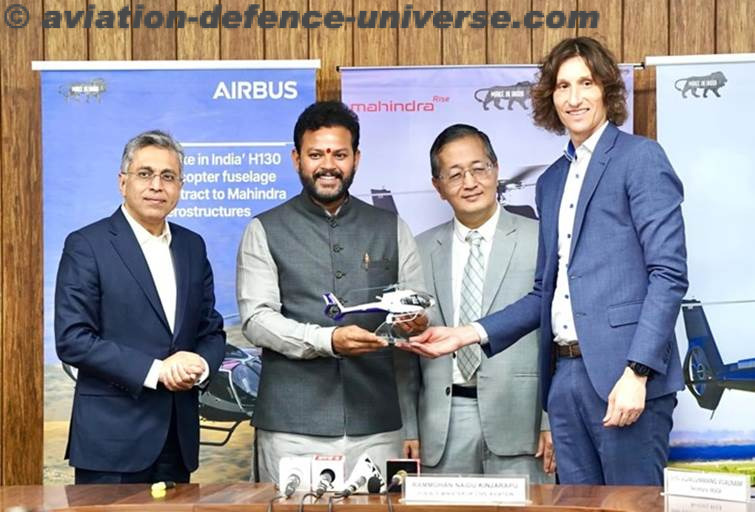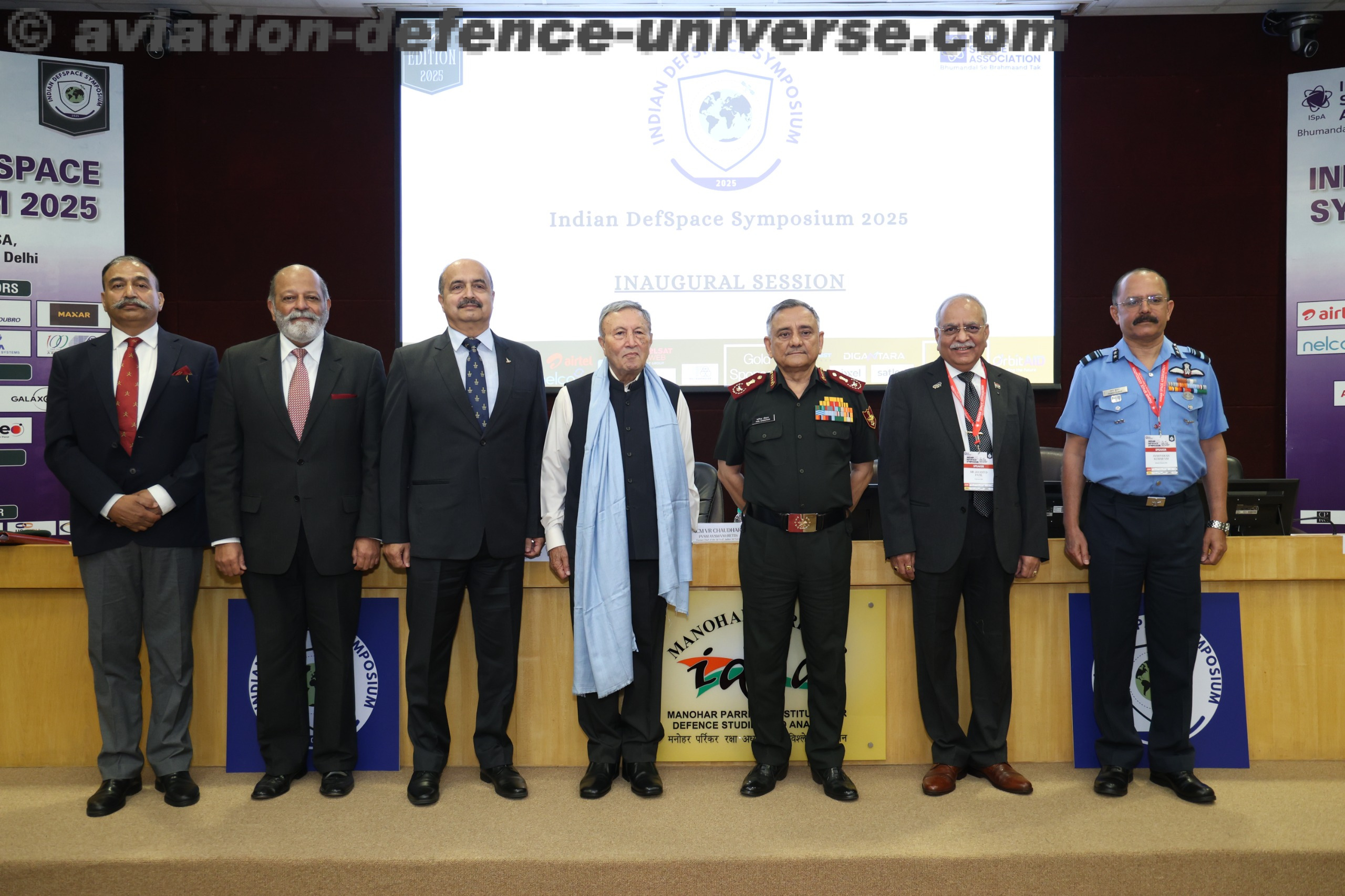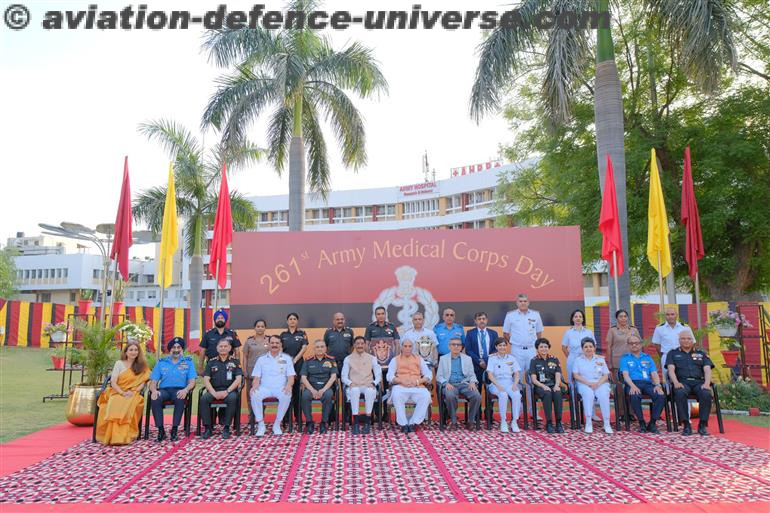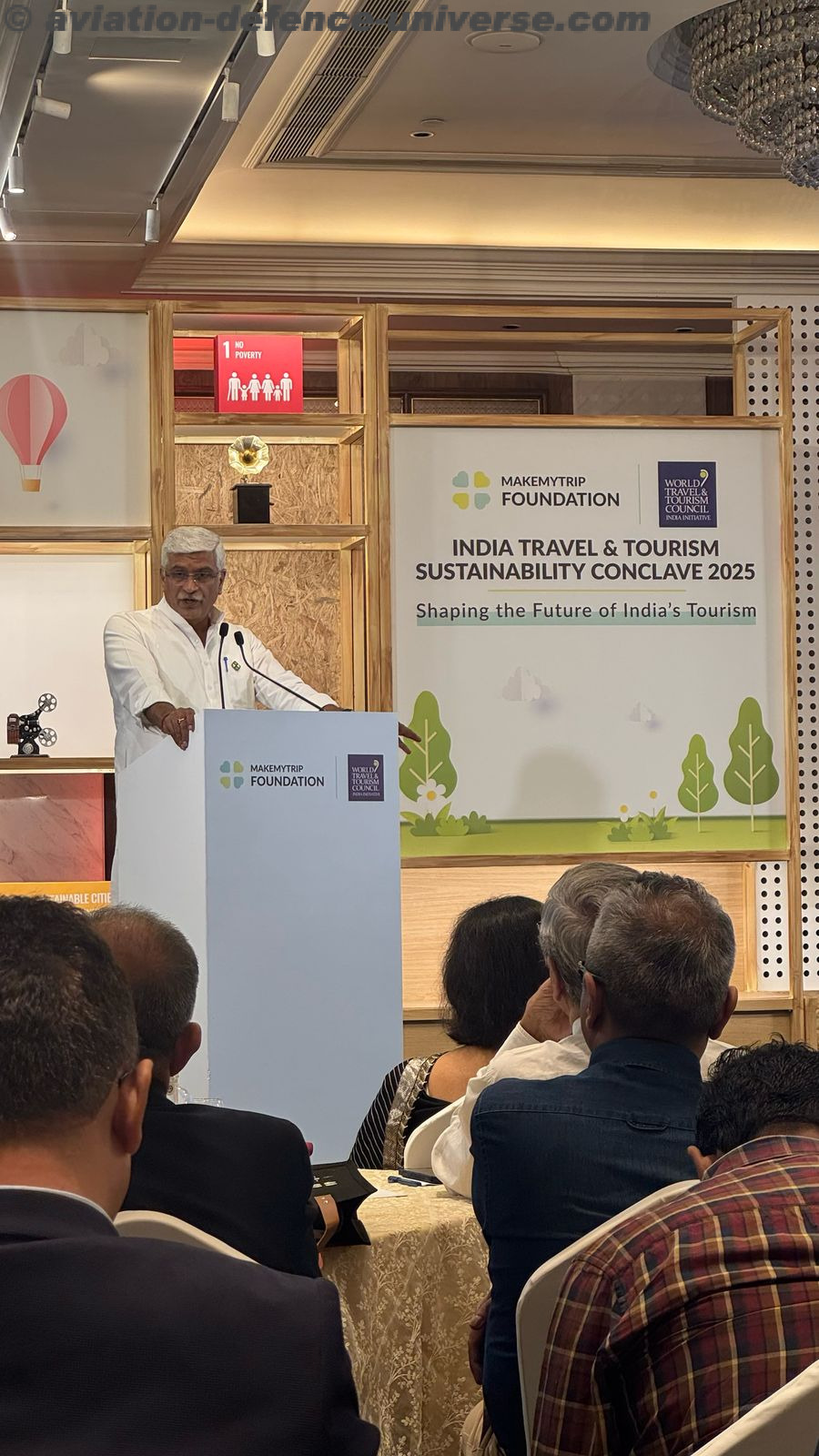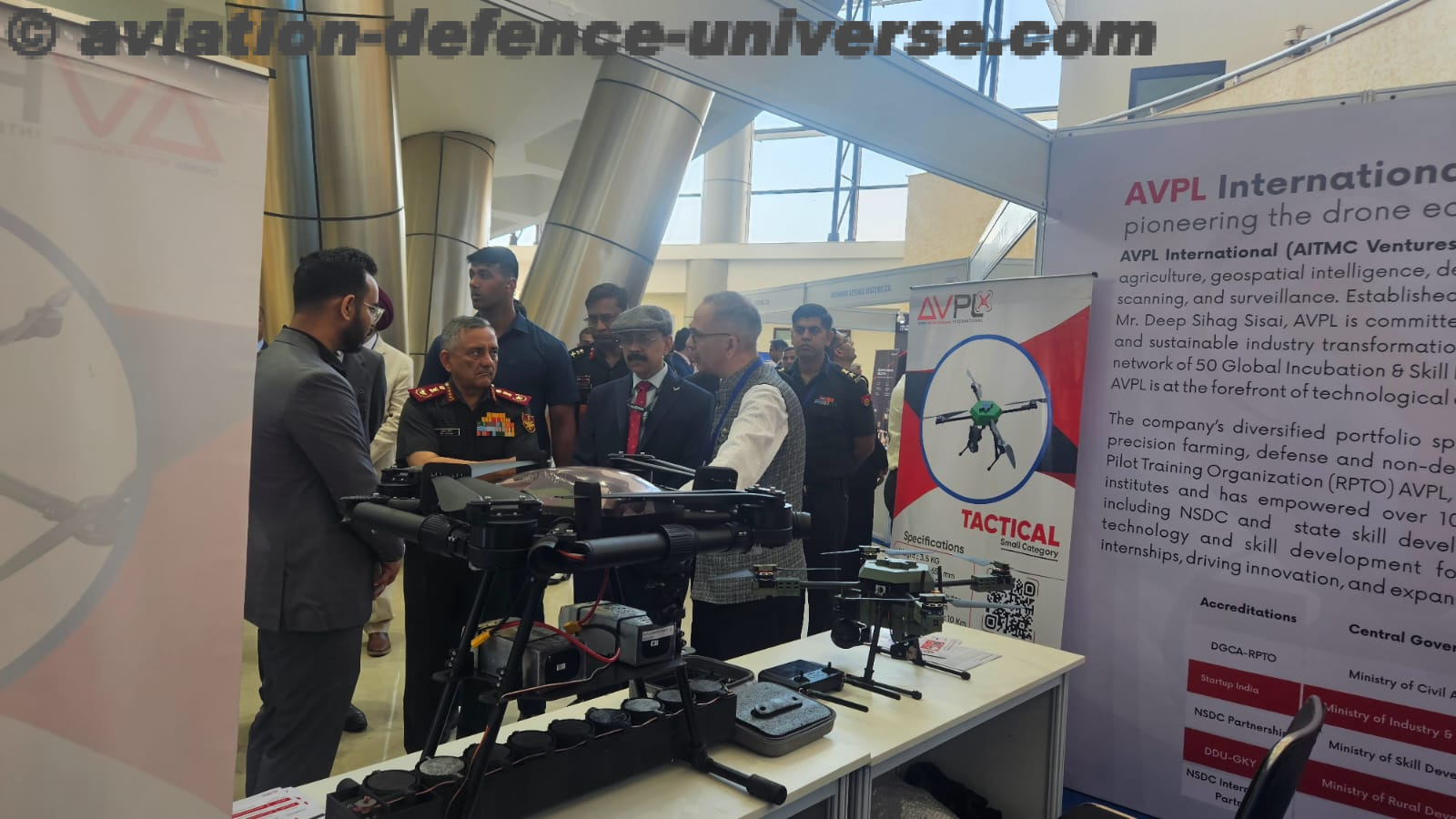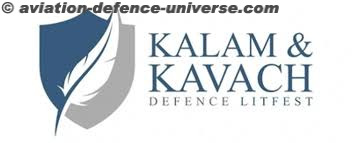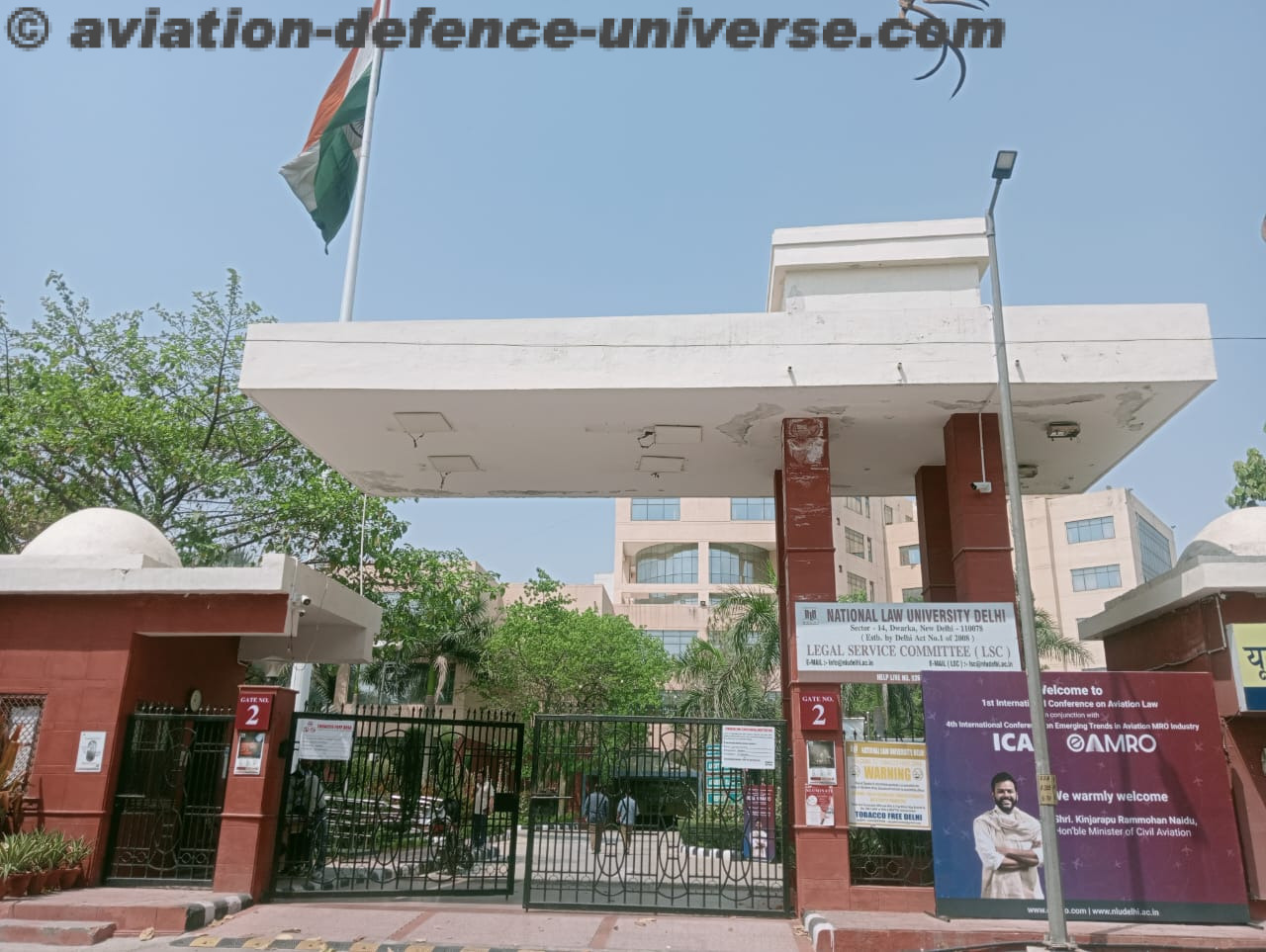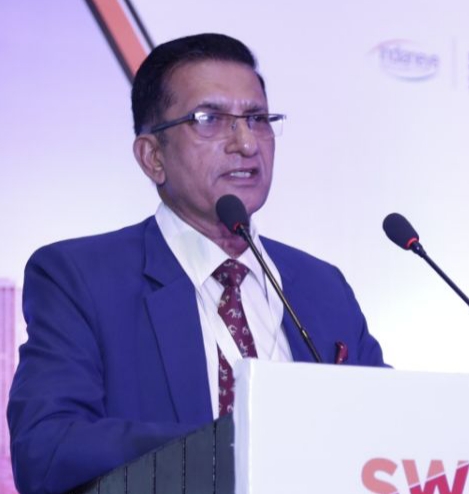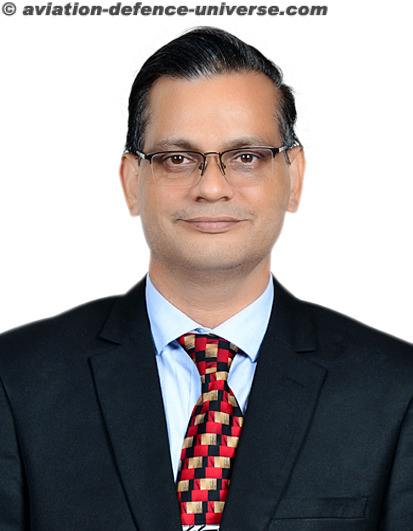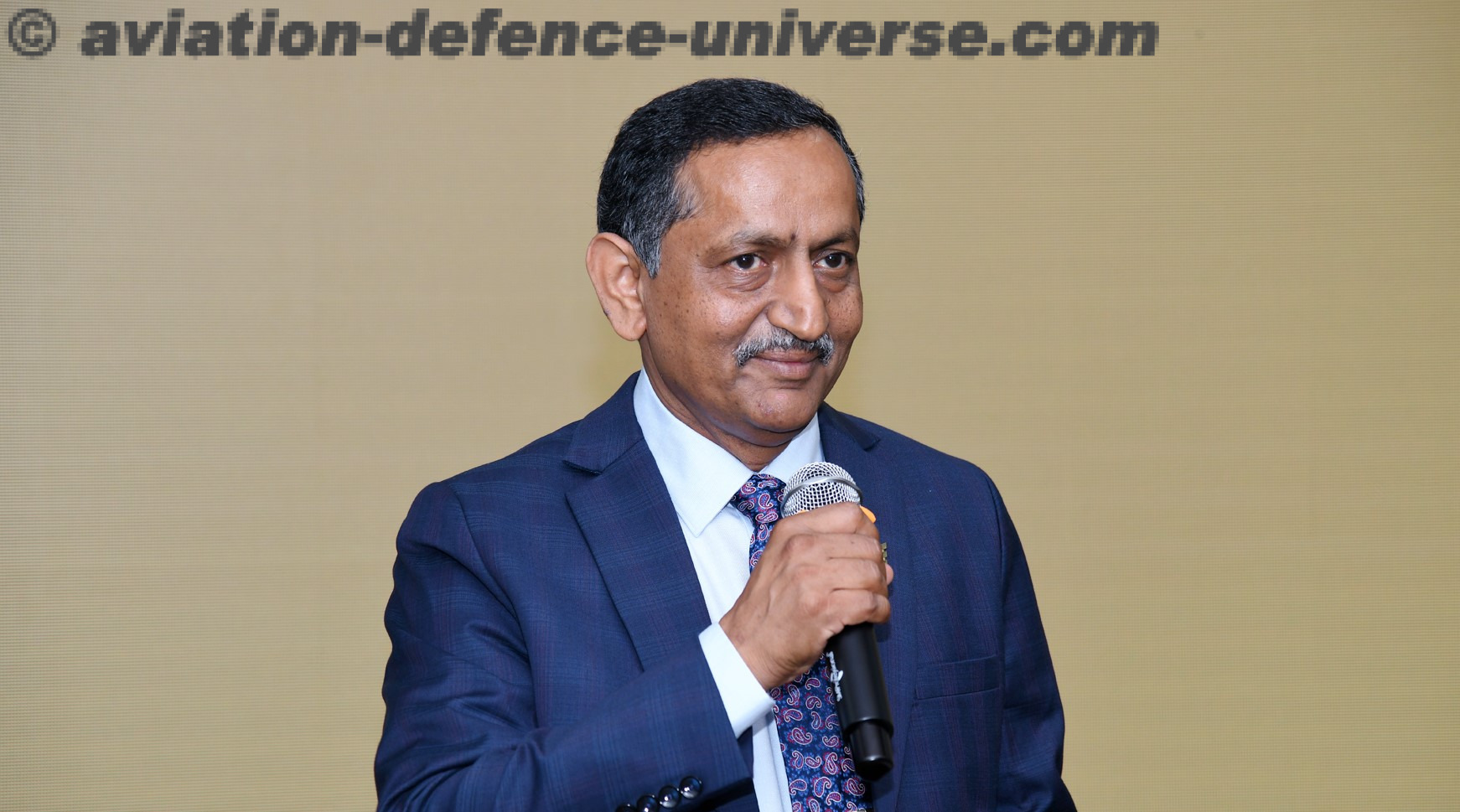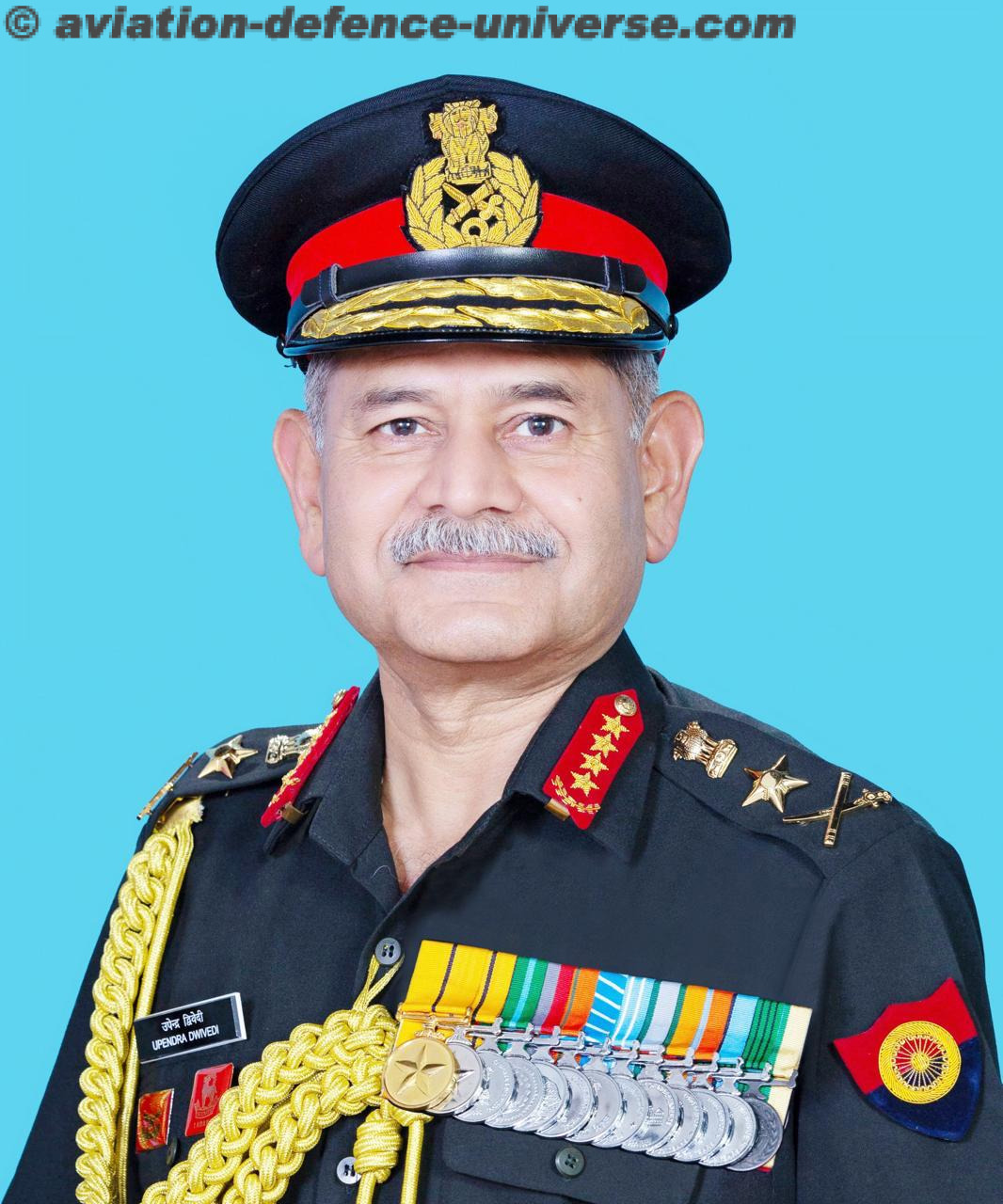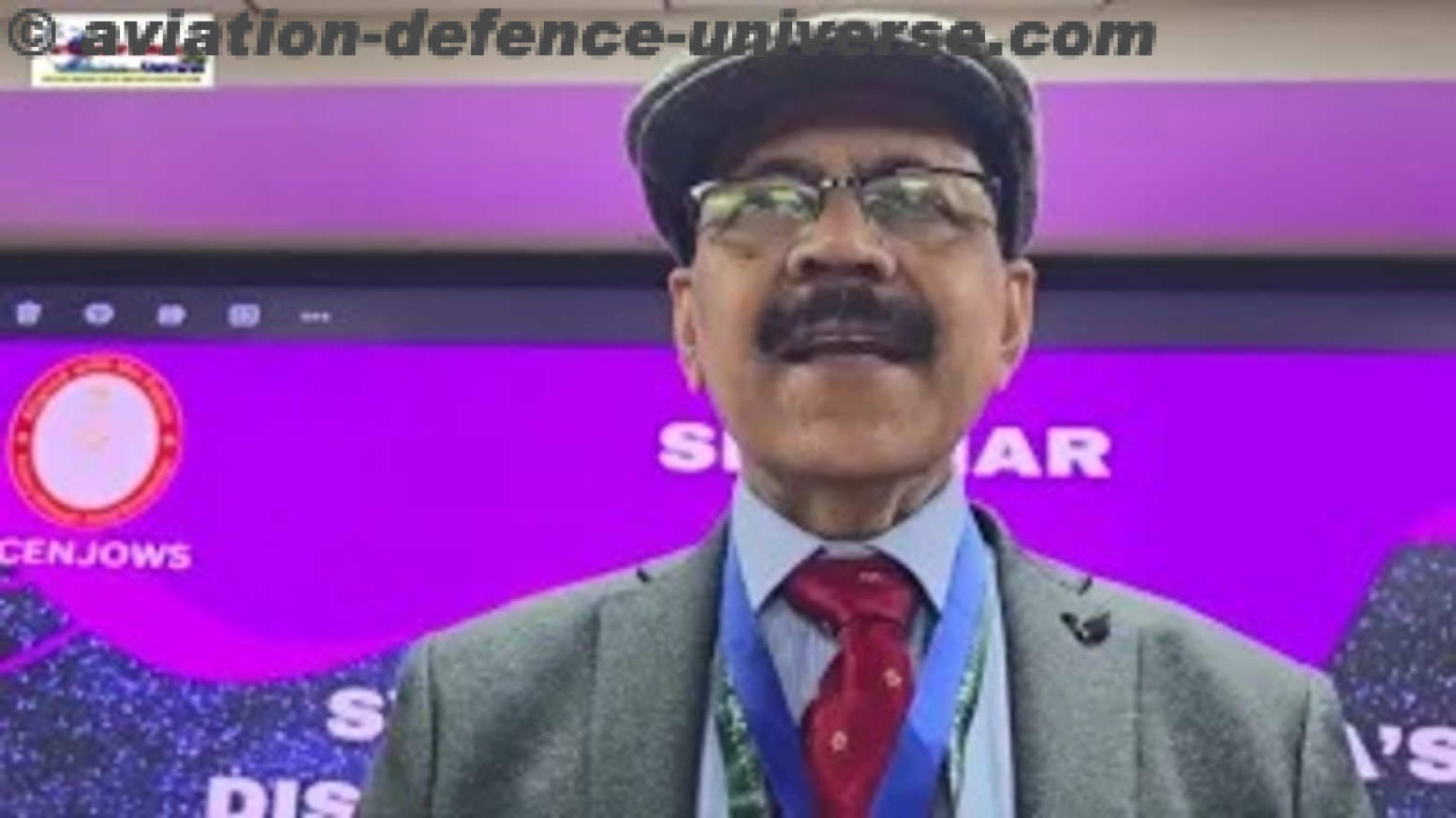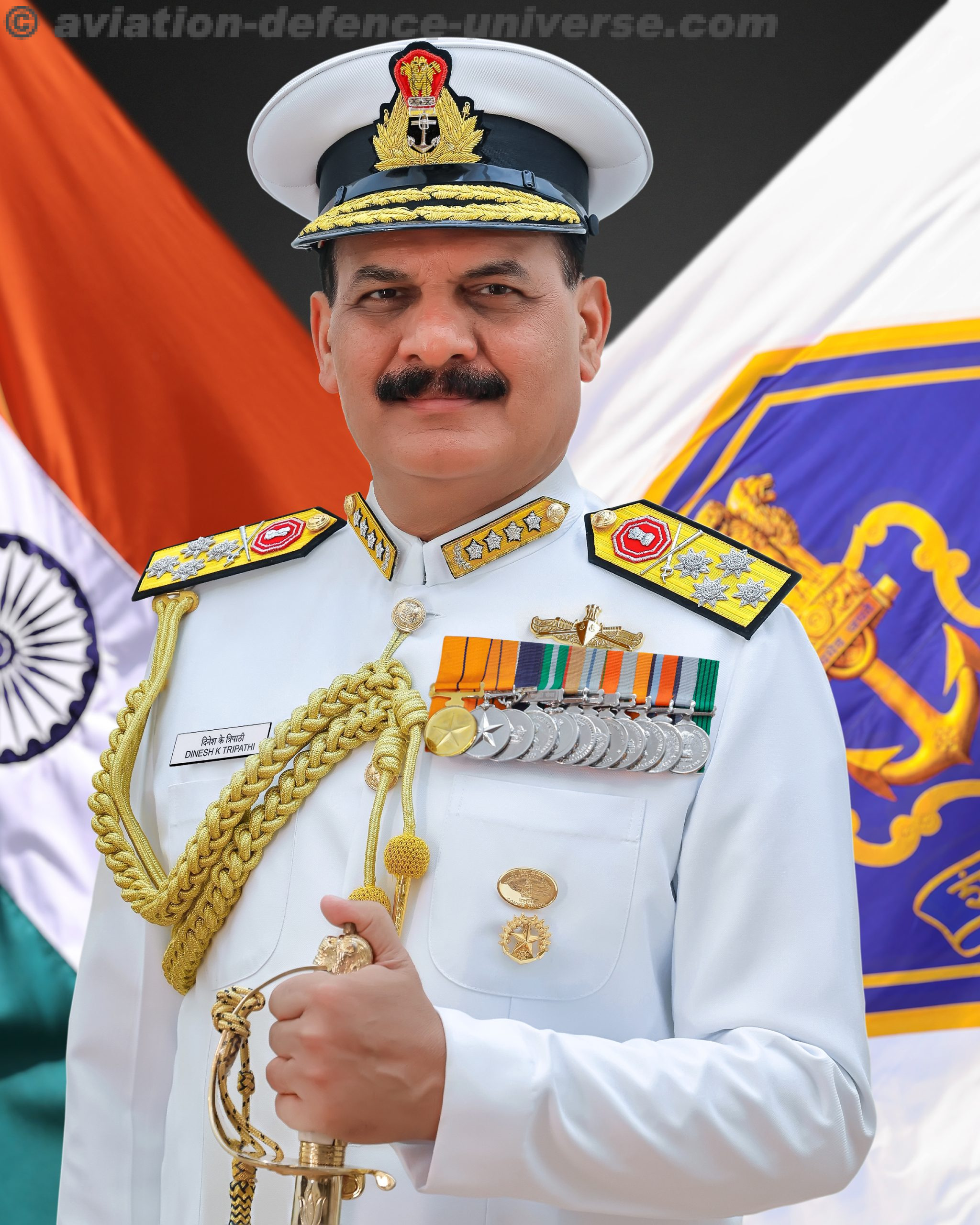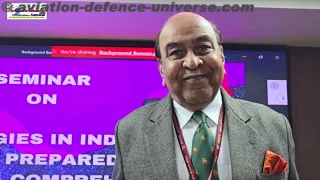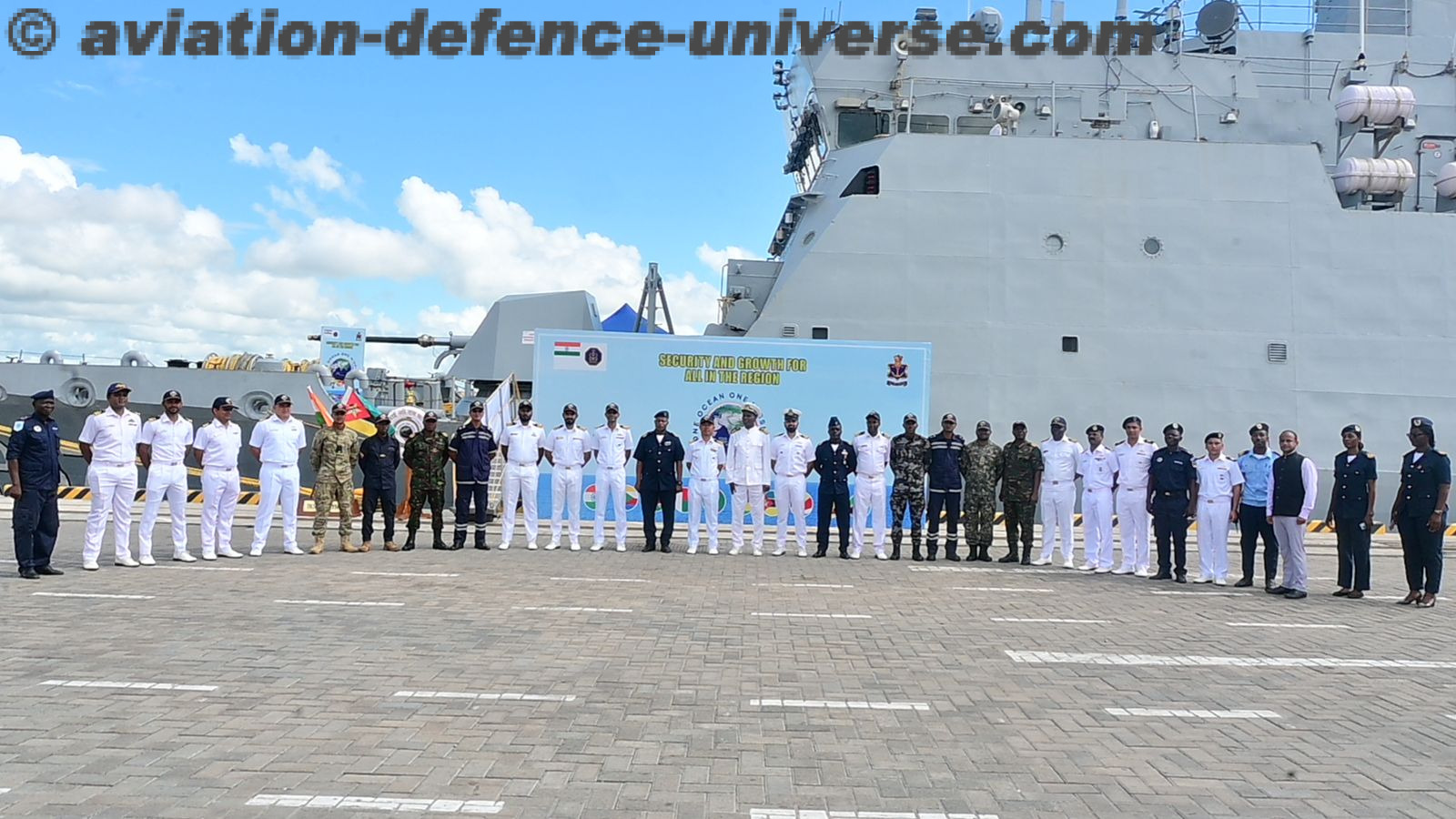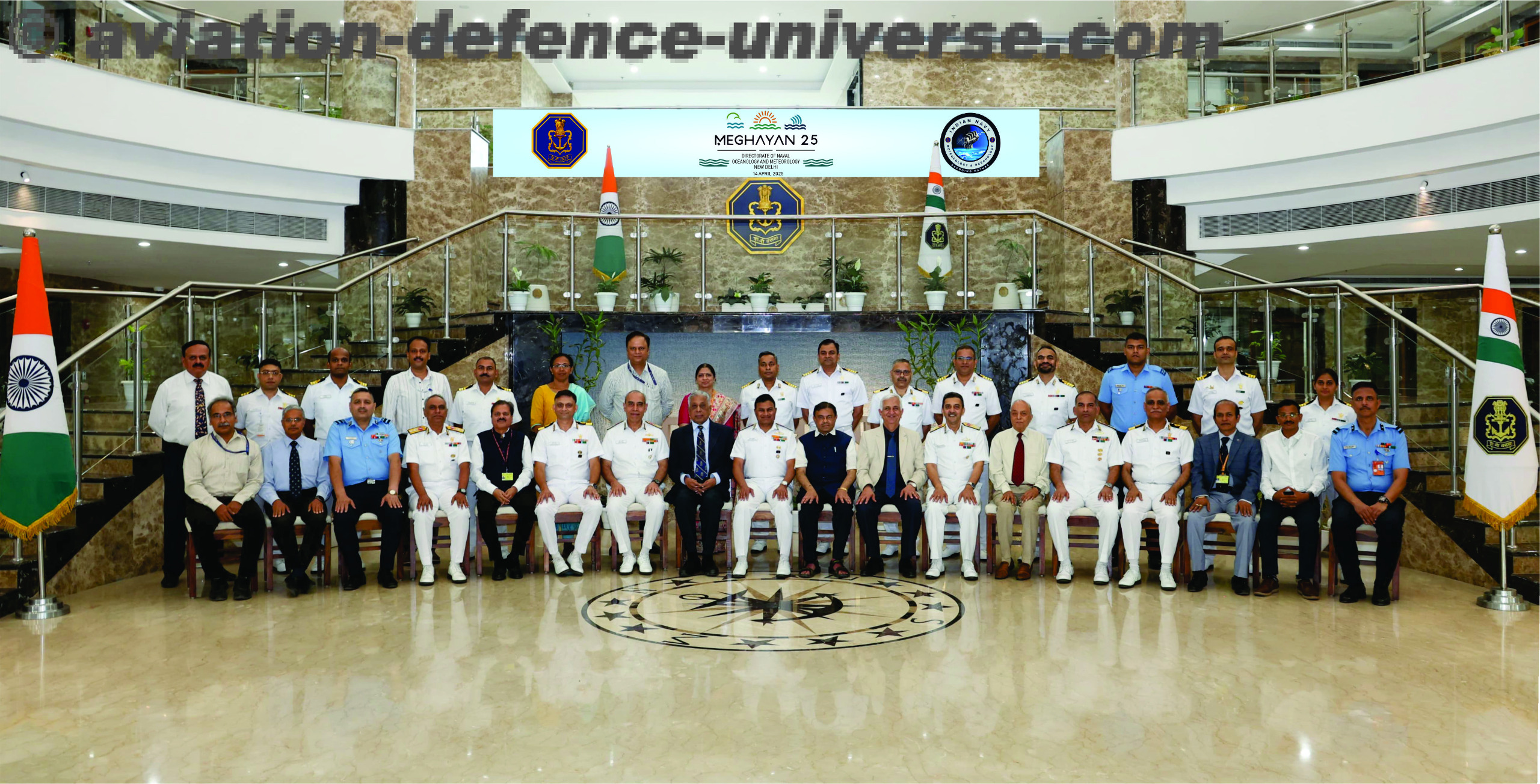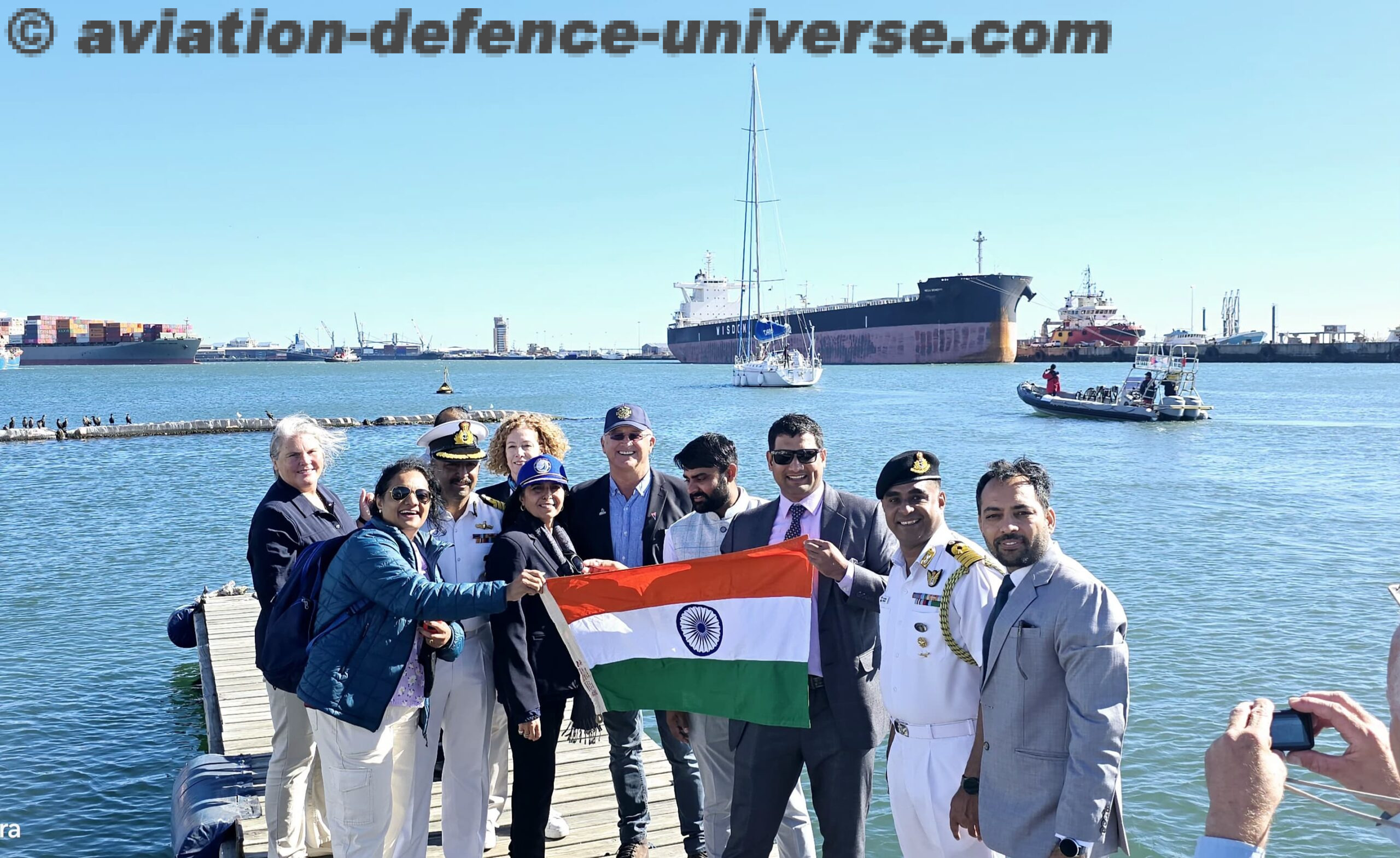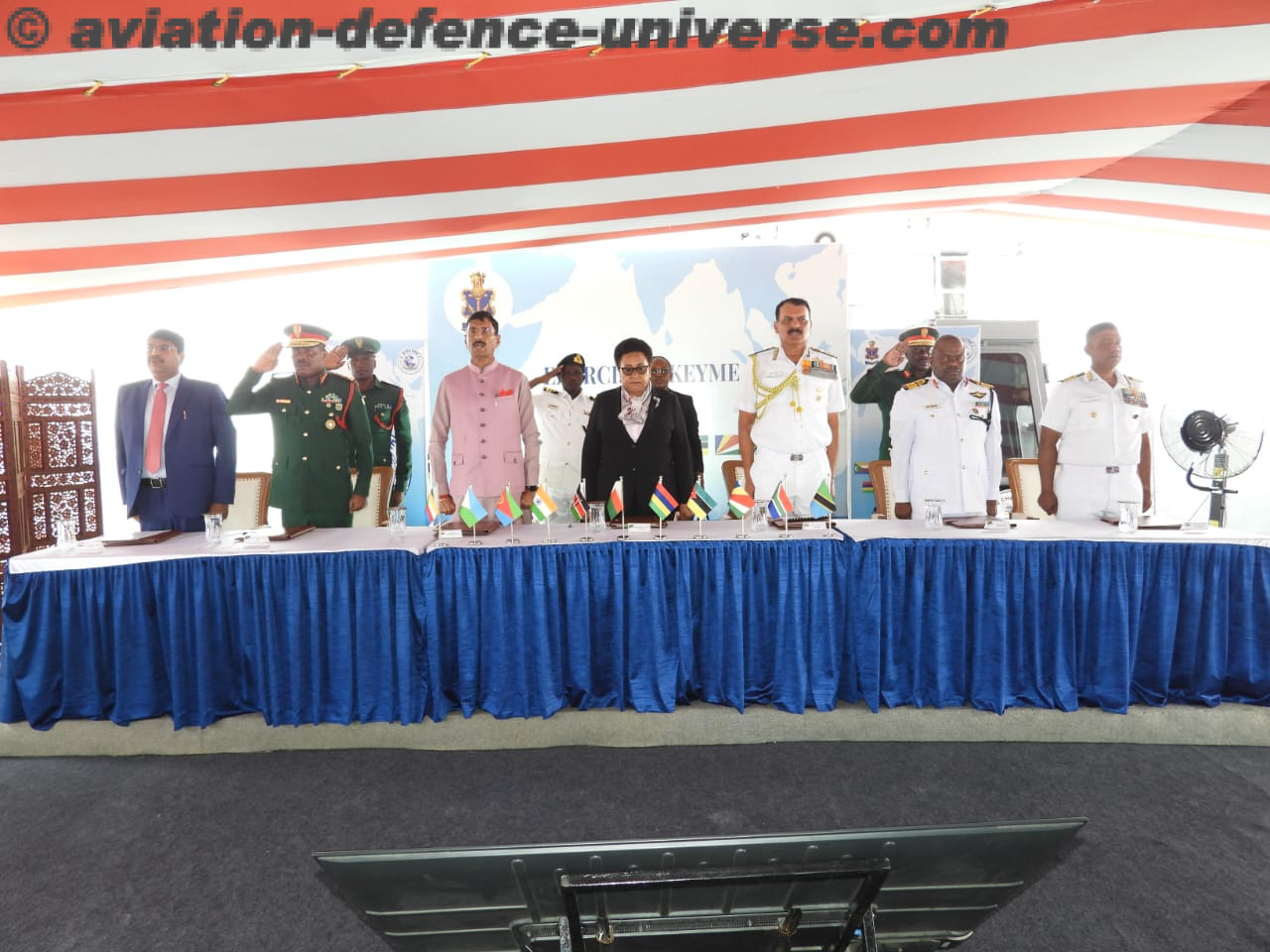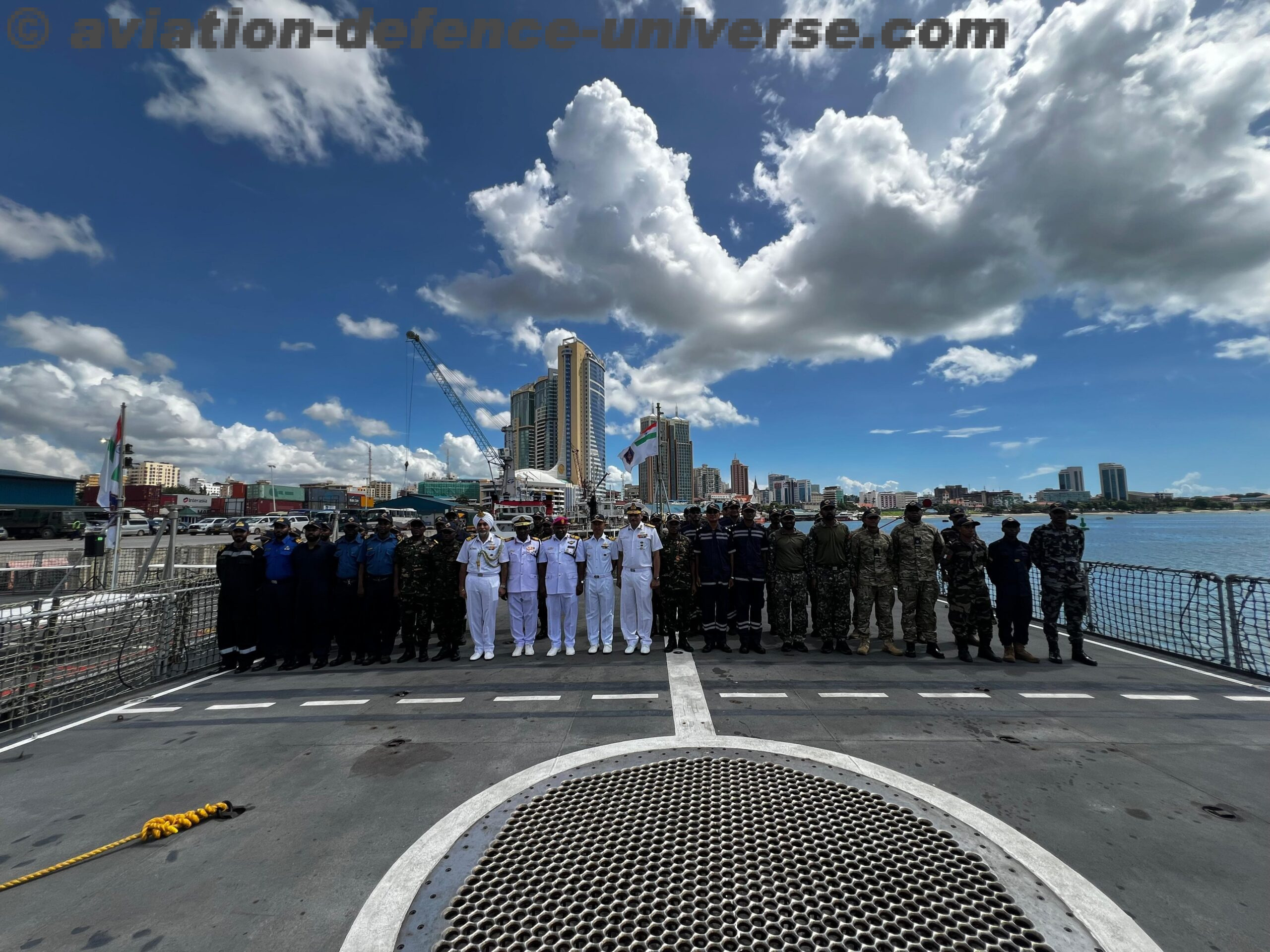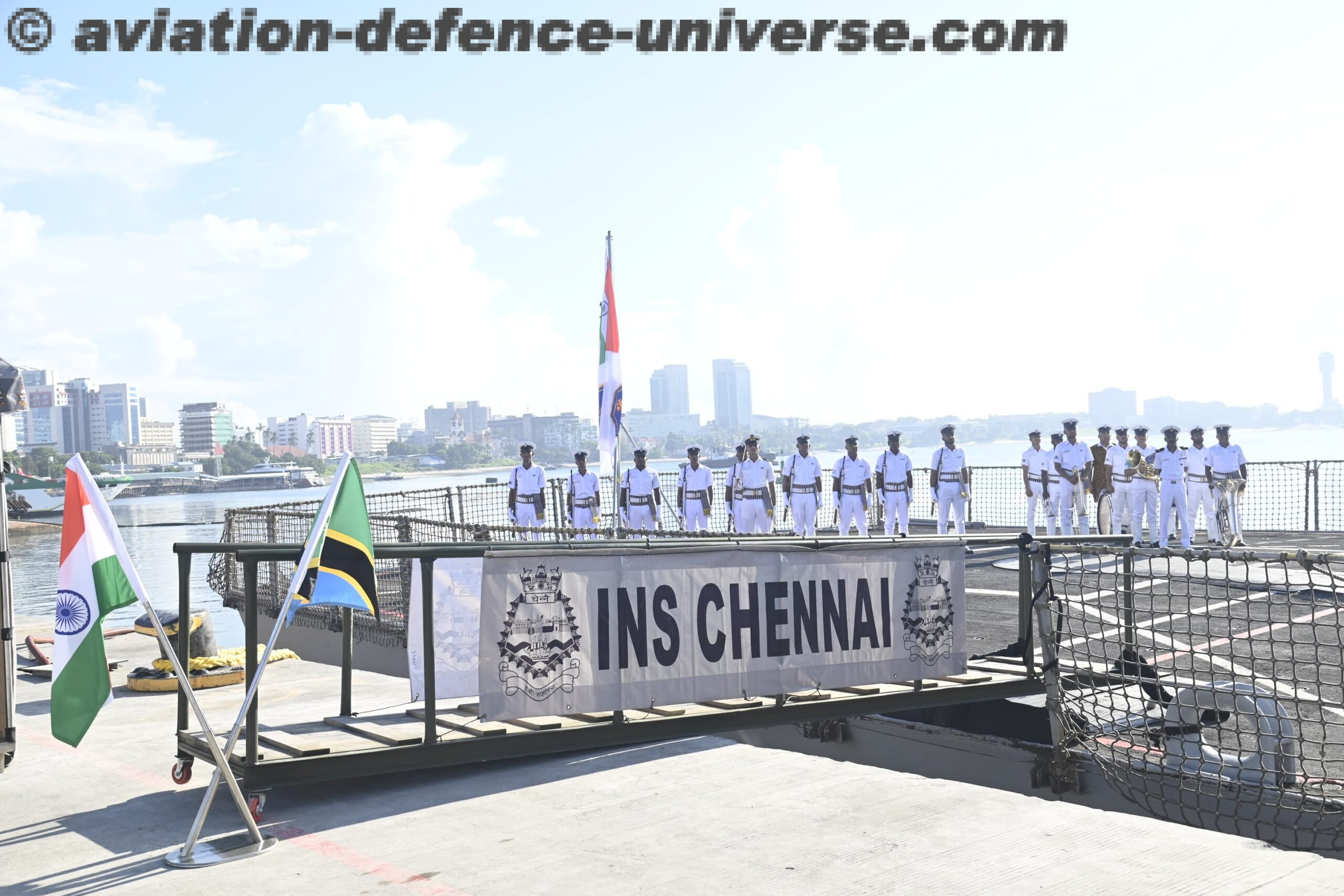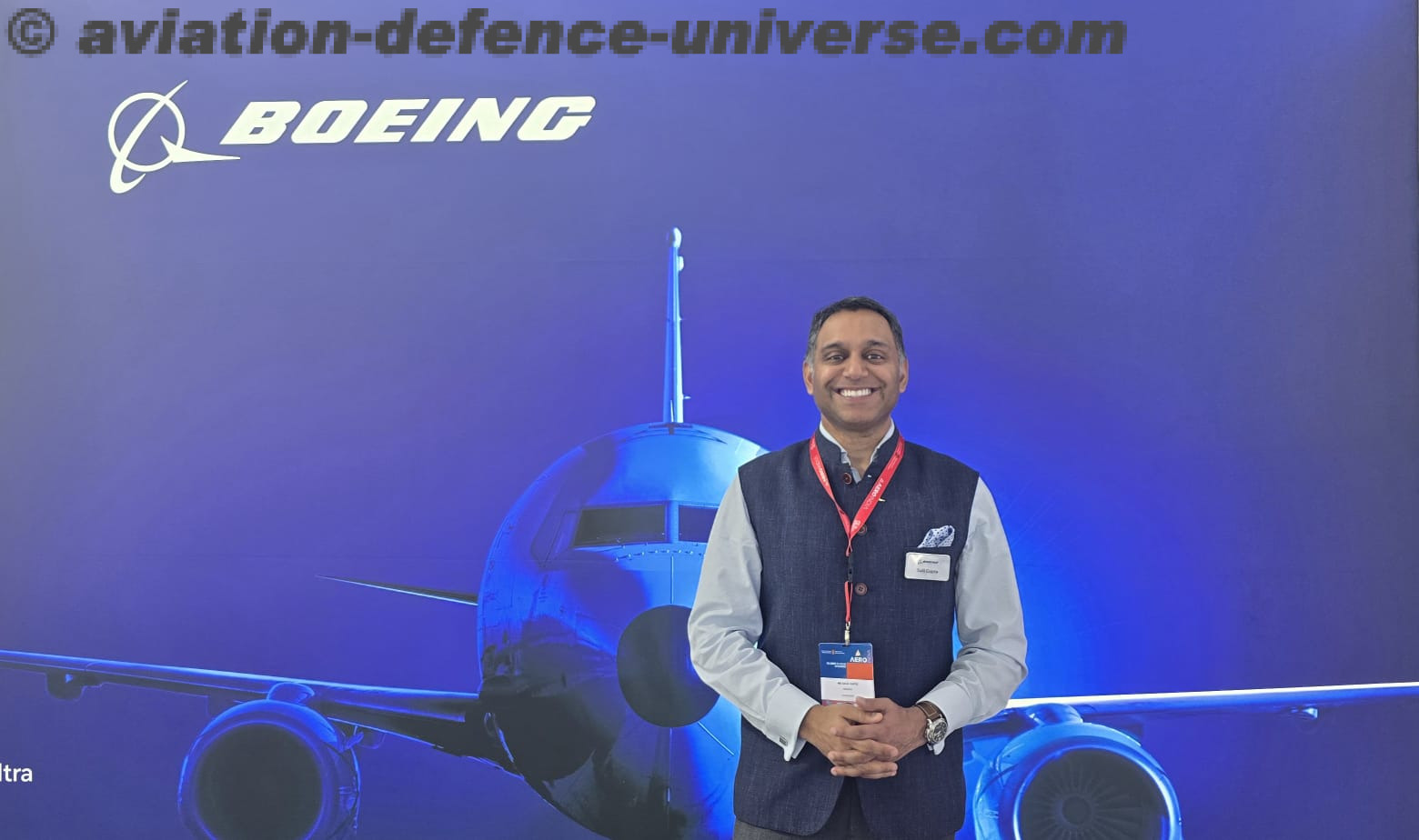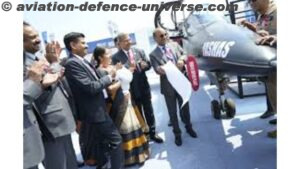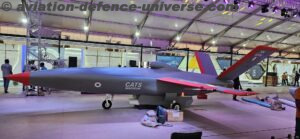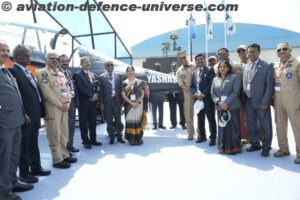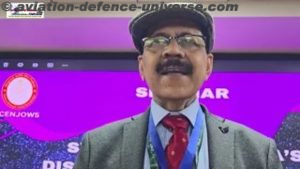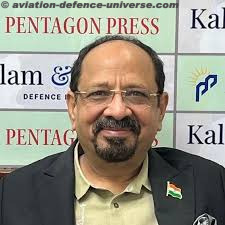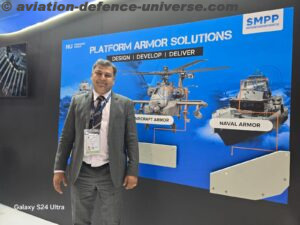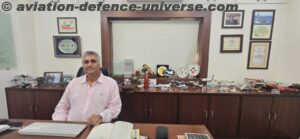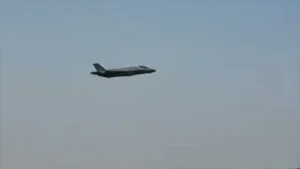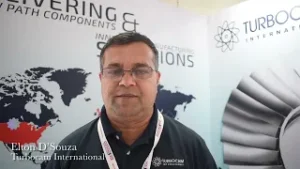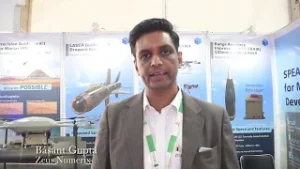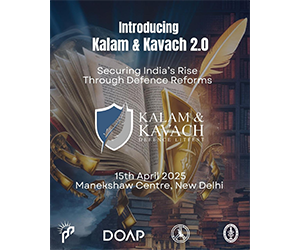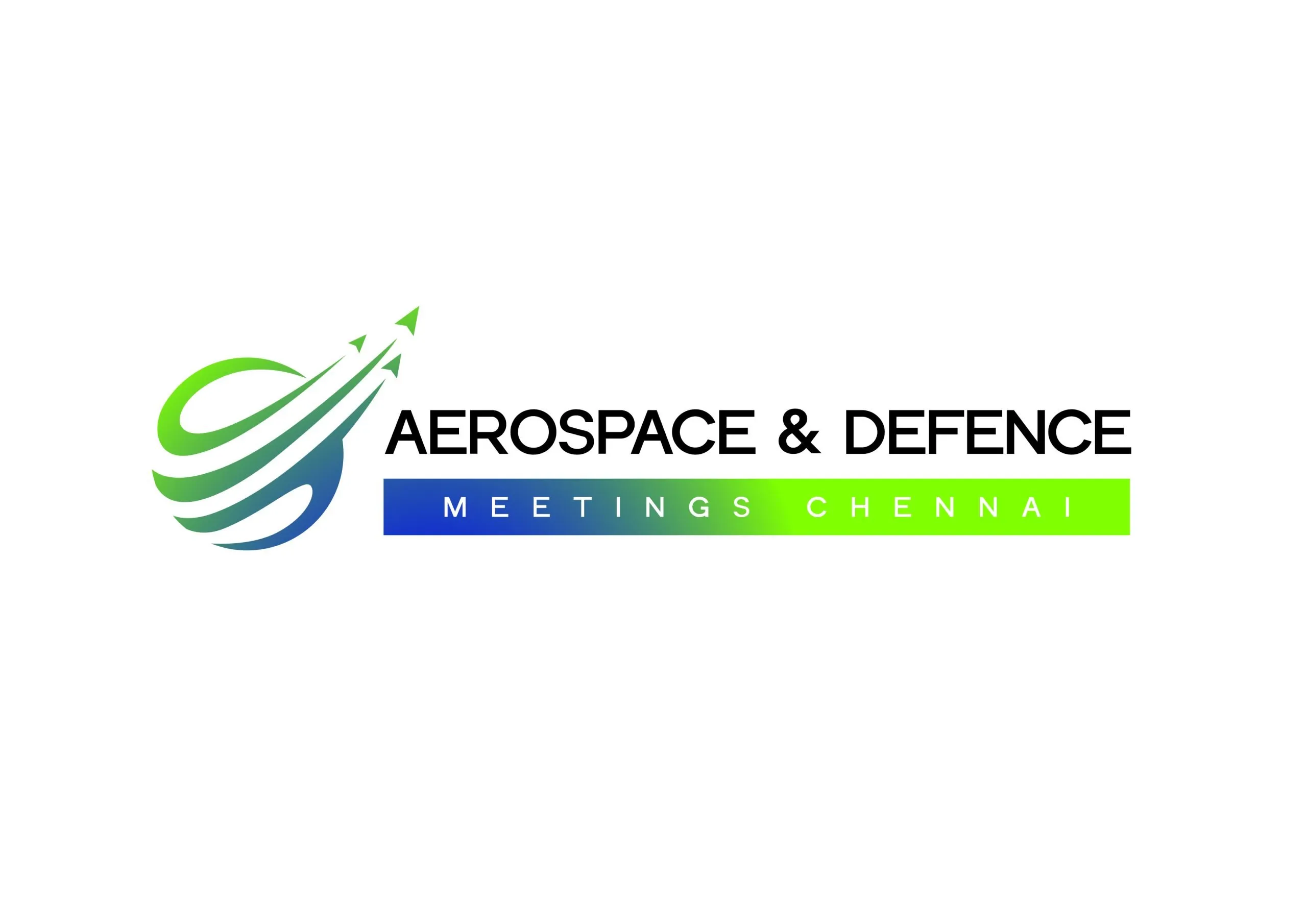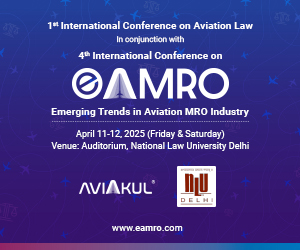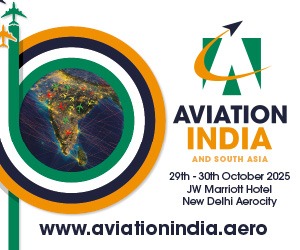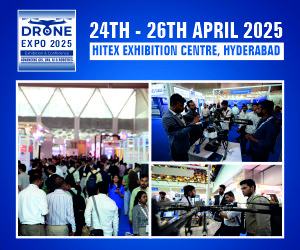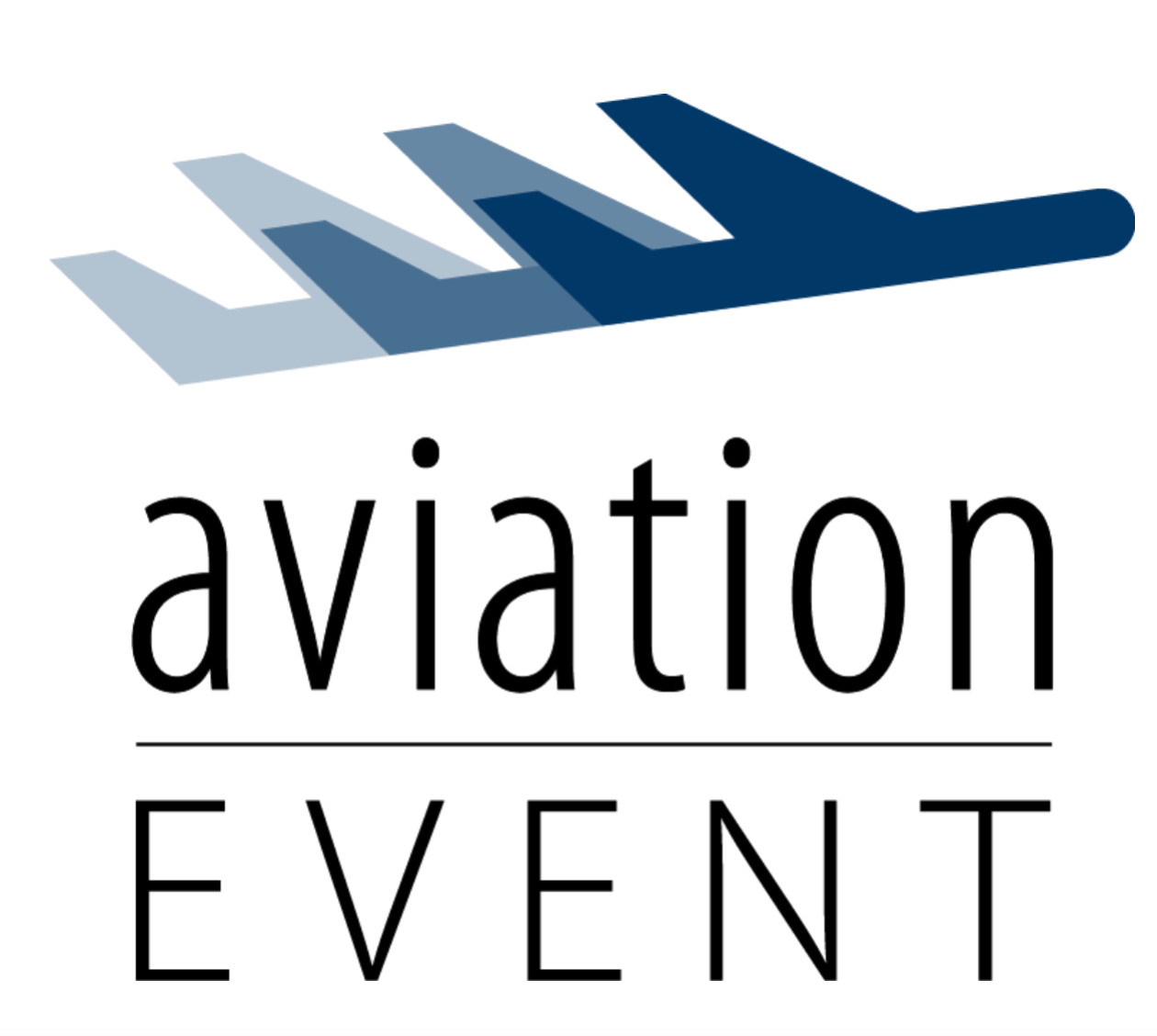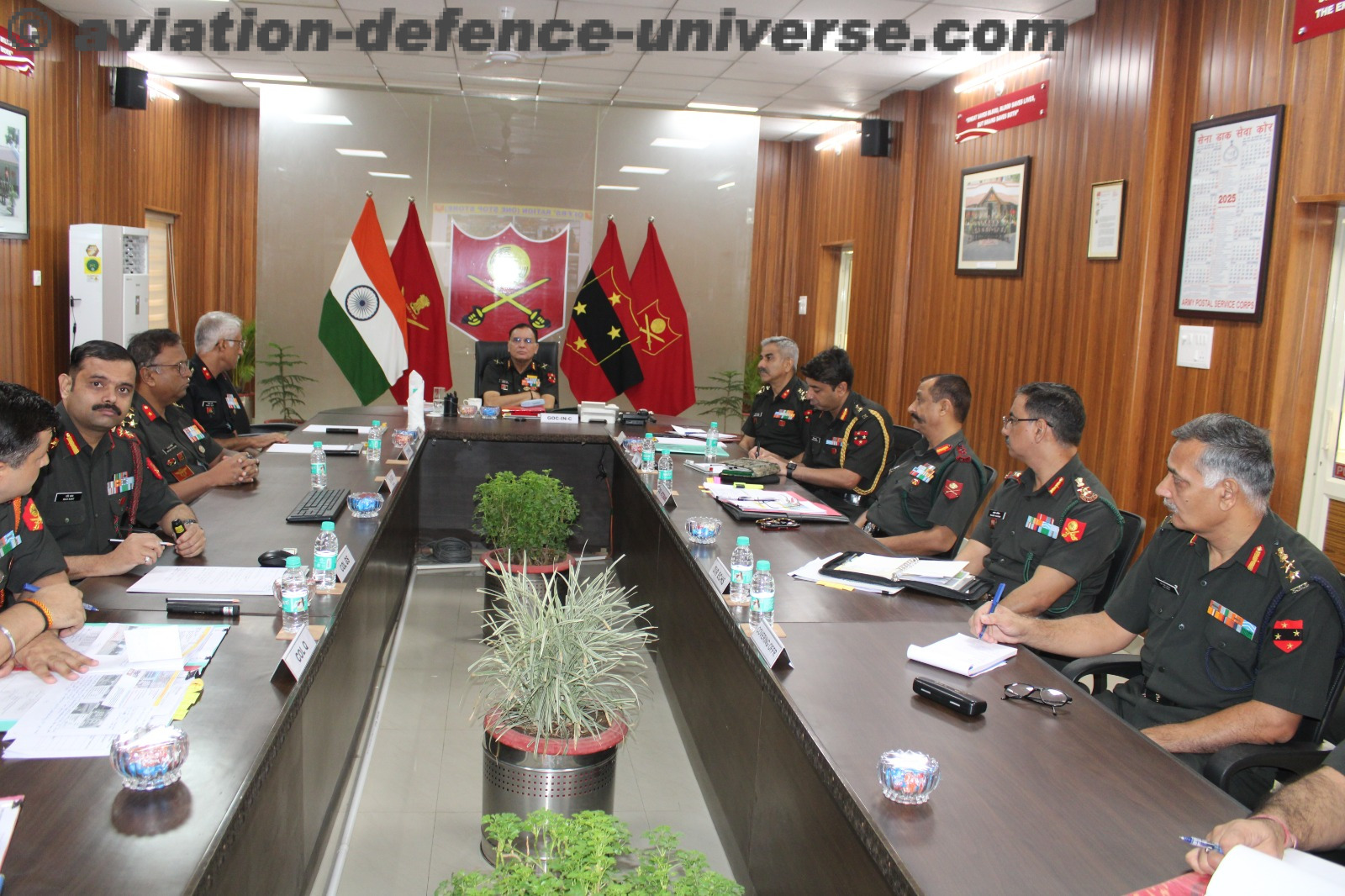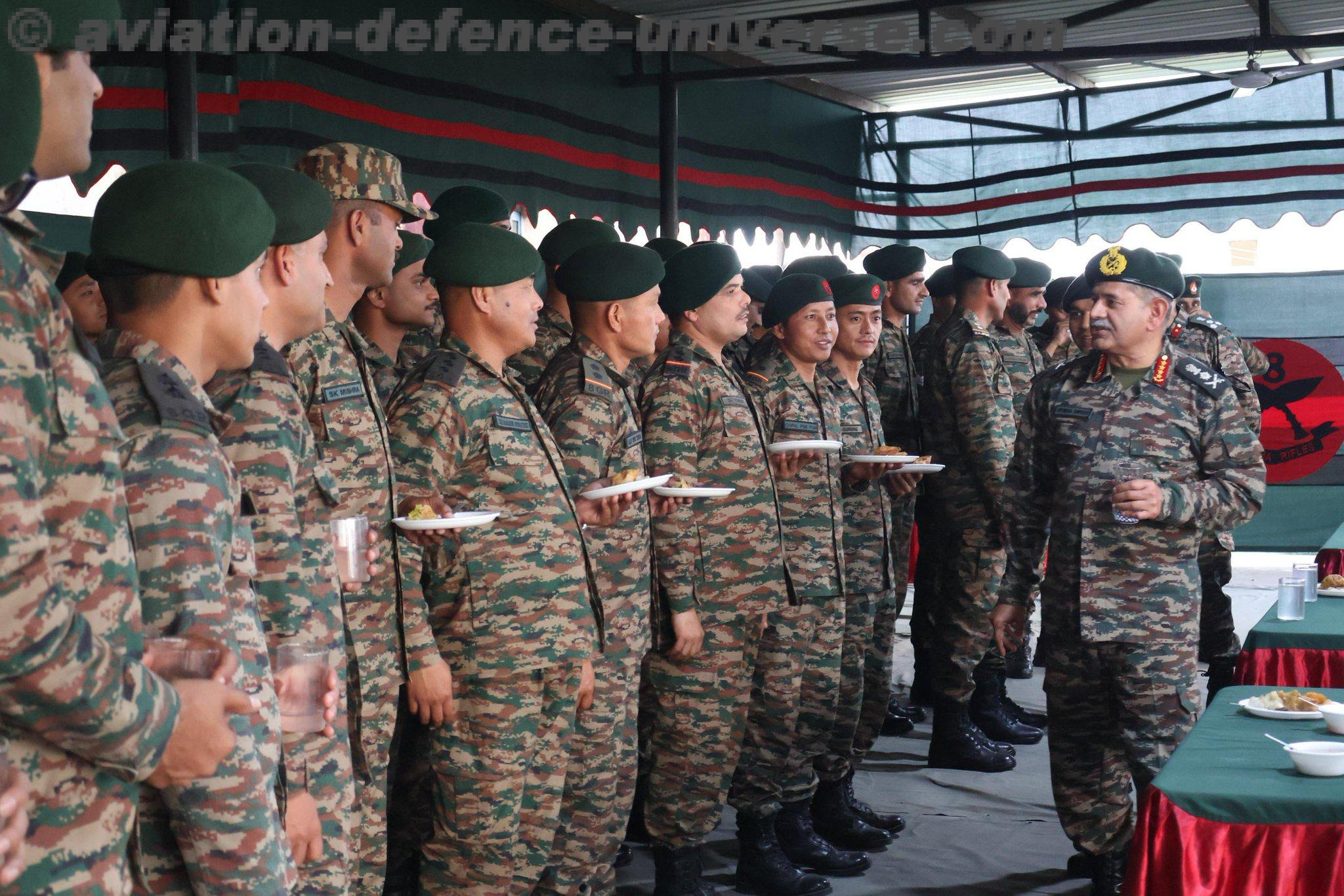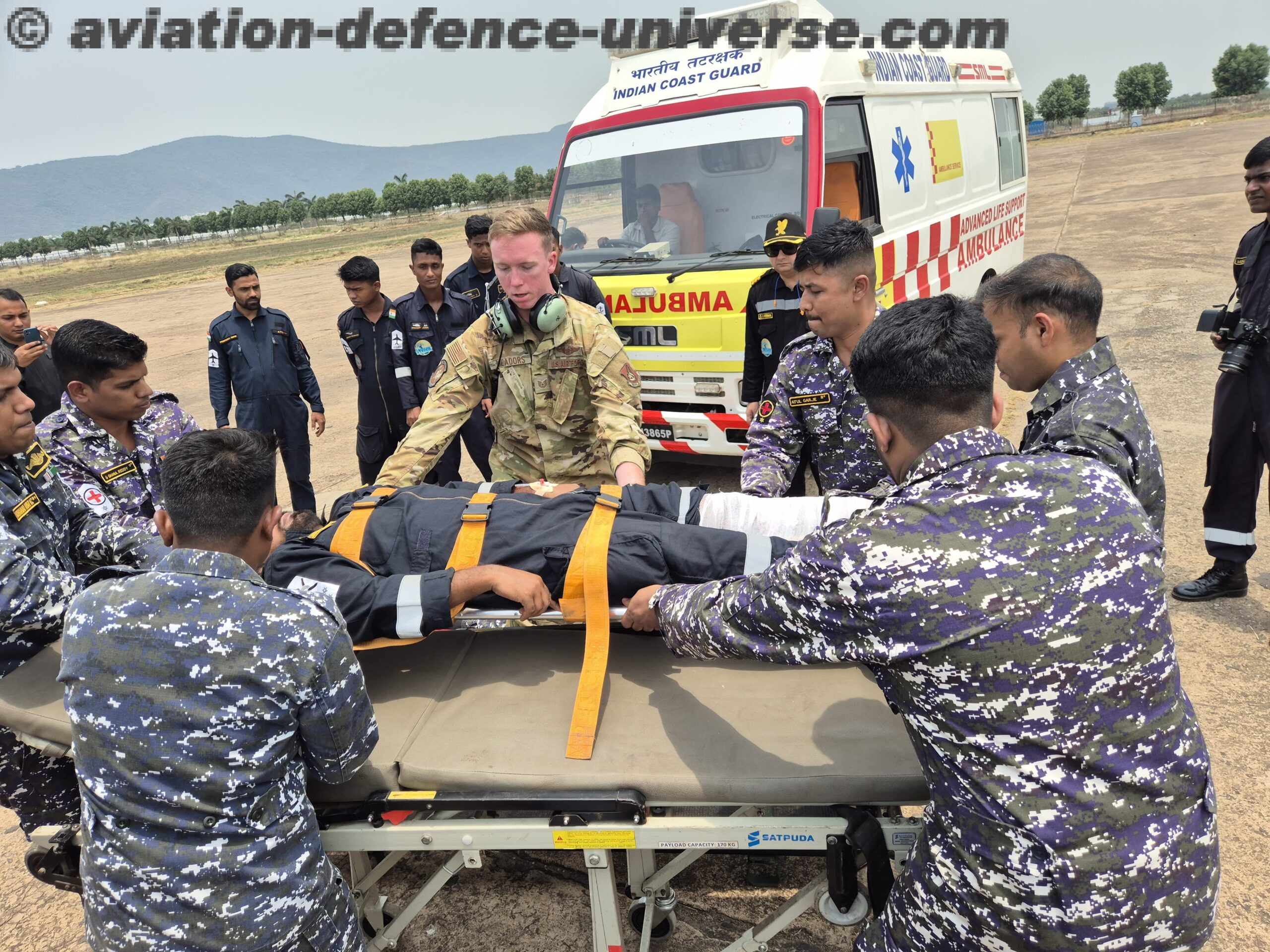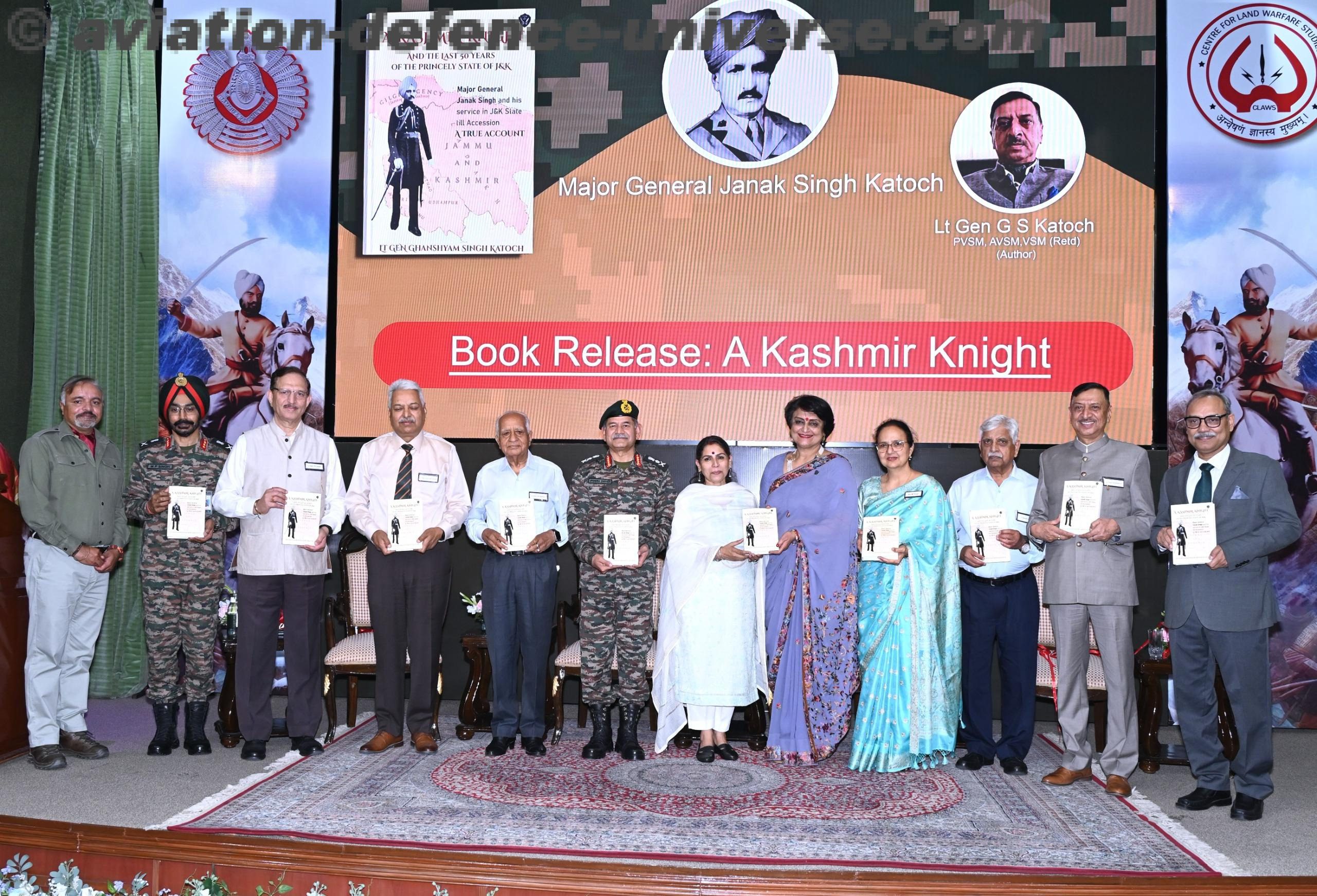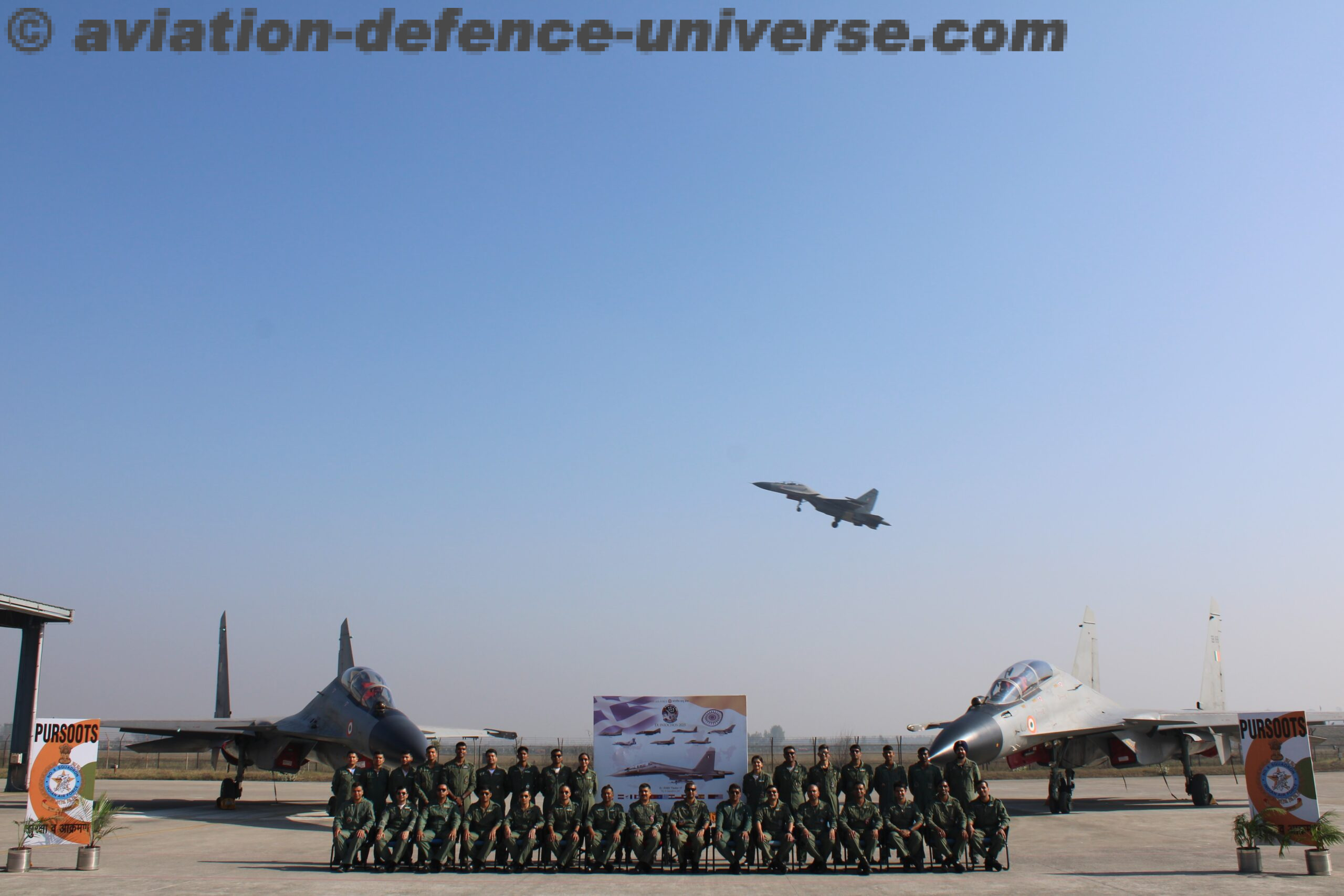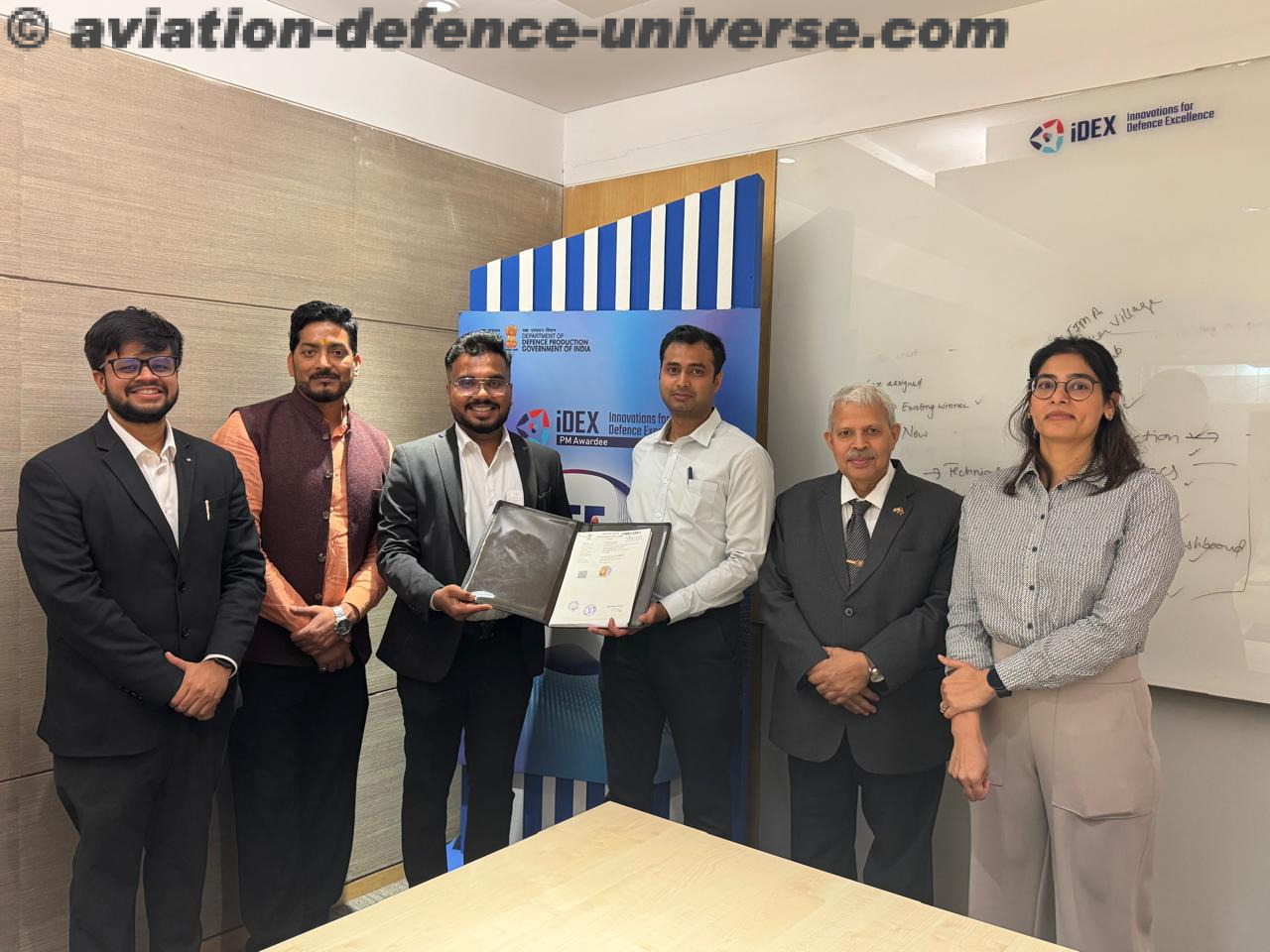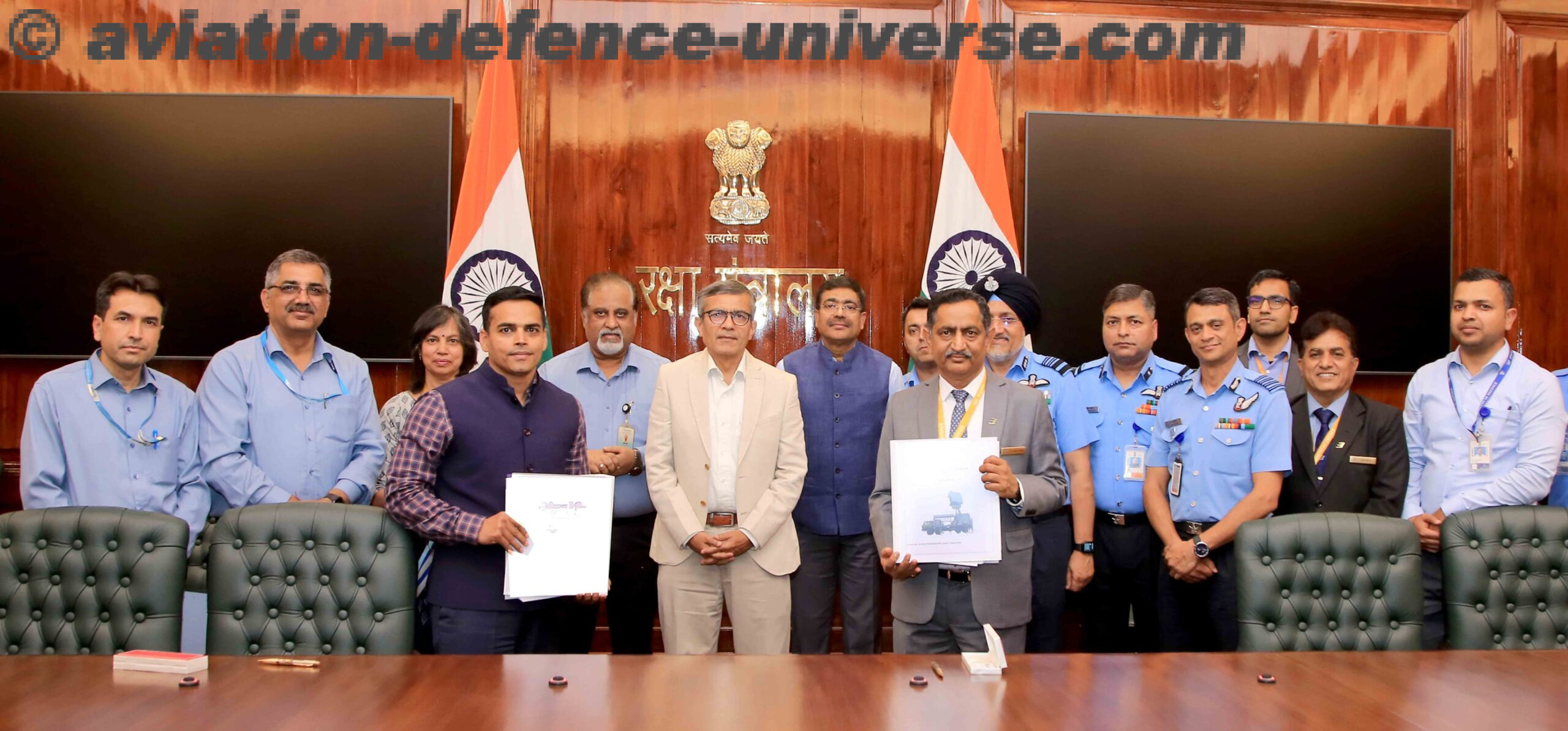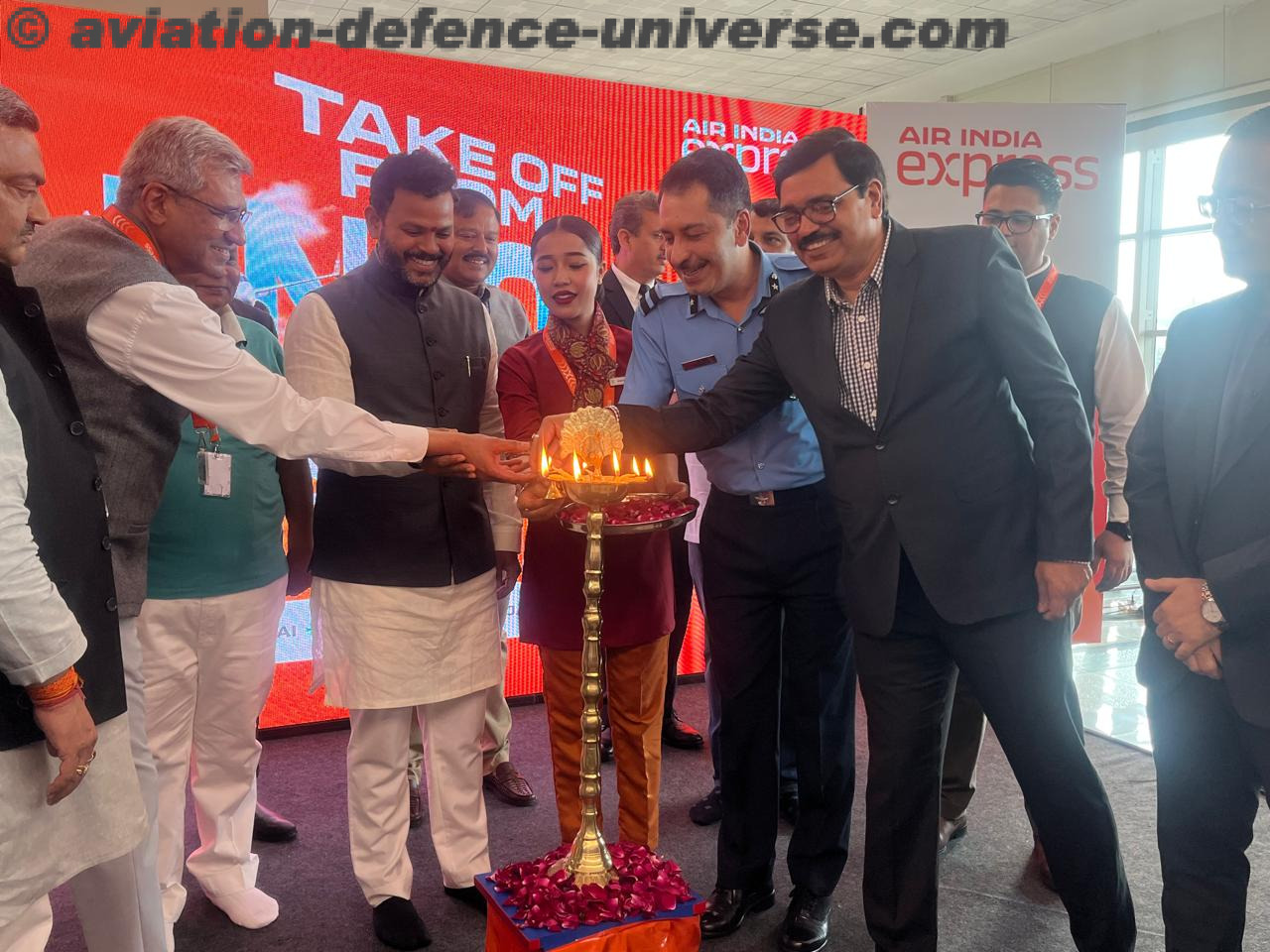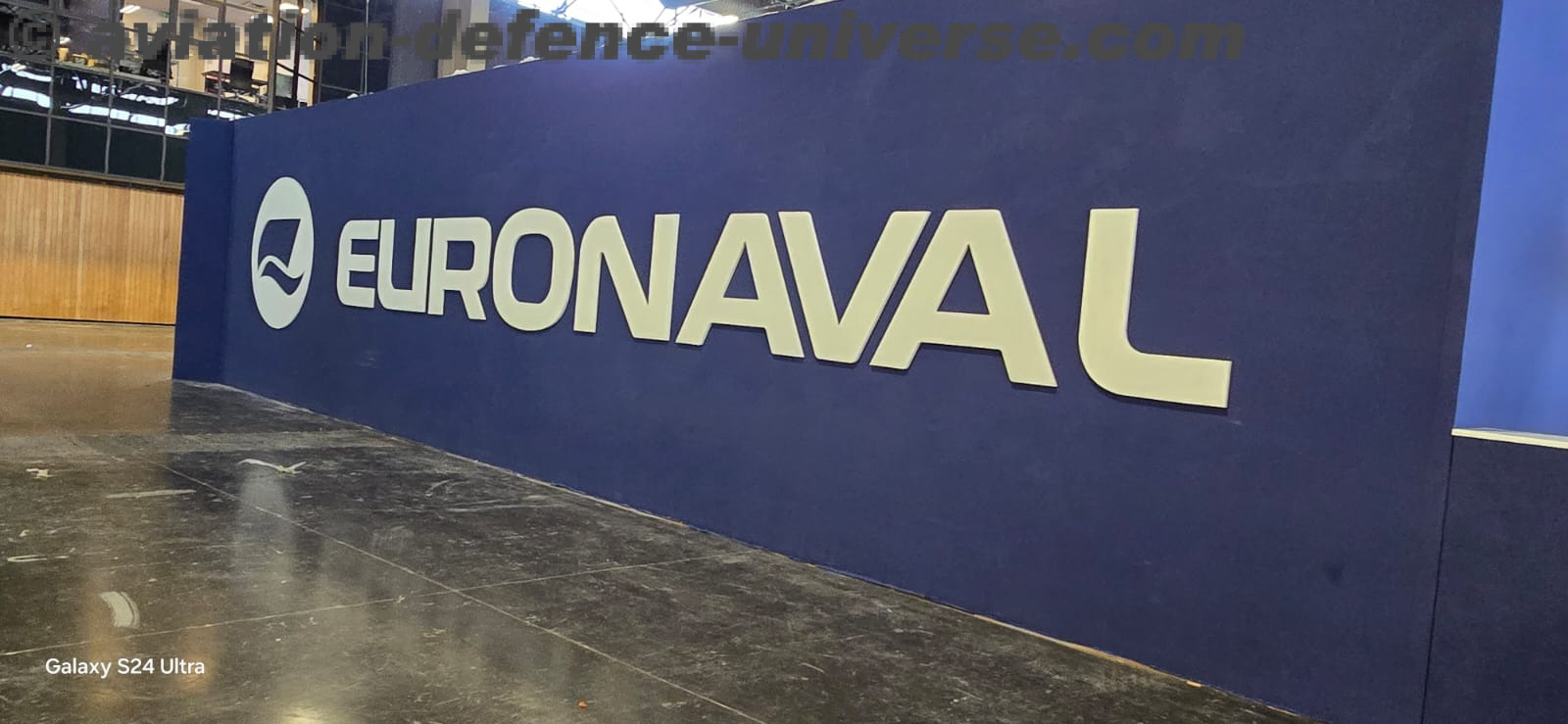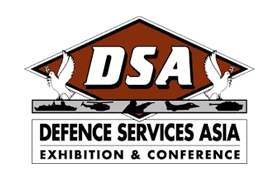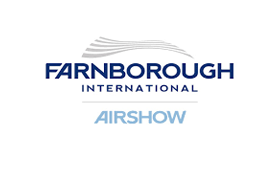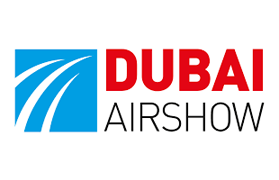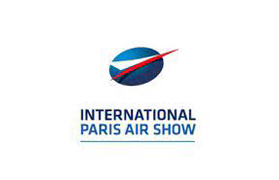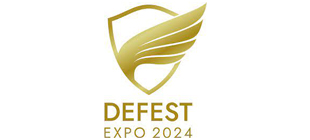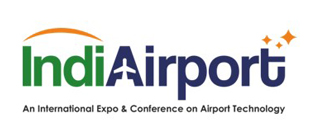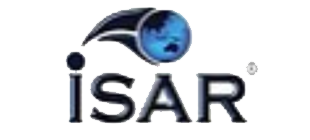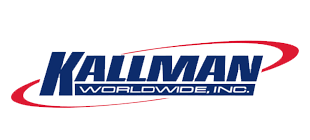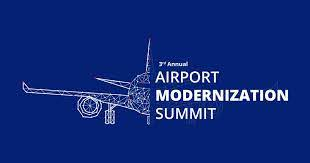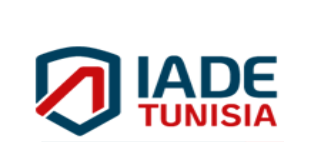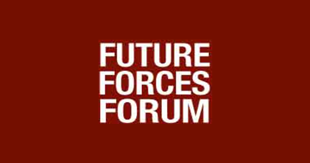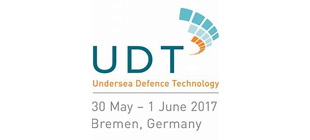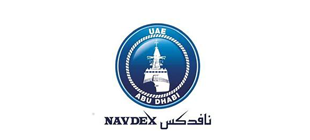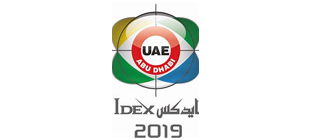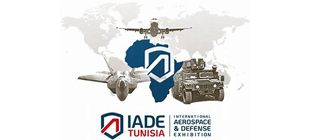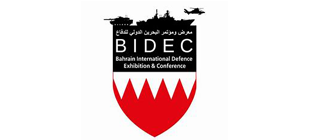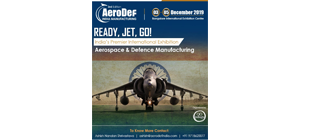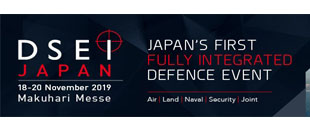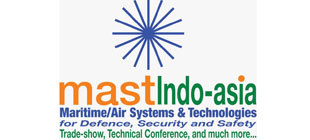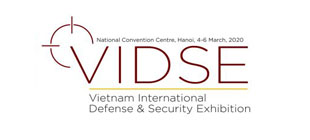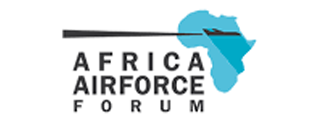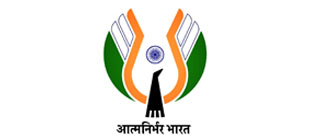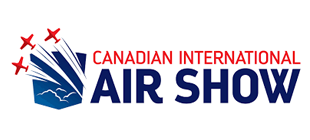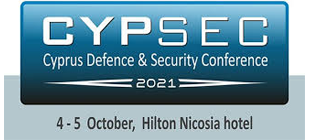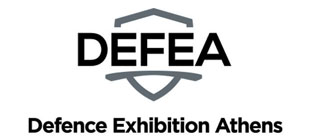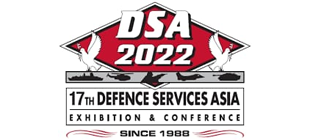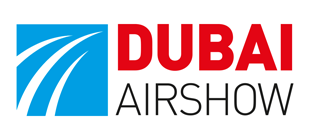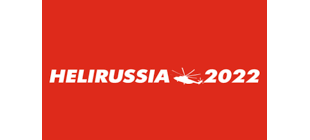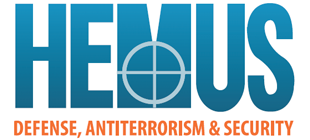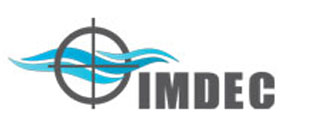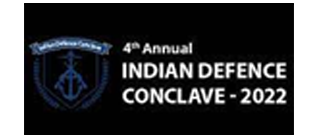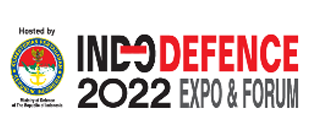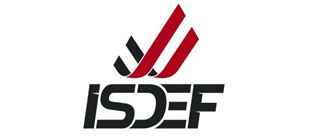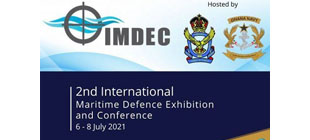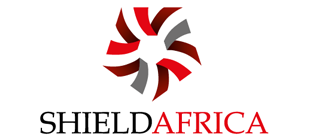Bangalore. 13 February 2025. At Aero India 2025, Boeing showcased its advanced aerospace and defence technologies while reinforcing its commitment to India’s growing aviation sector. With a strong focus on sustainability, MRO expansion, and emerging technologies like EVTOL air taxis, Boeing is looking to deepen its engagement in India. In this exclusive conversation with Aviation & Defence Universe (ADU), Boeing’s India Head Salil Gupte discusses the company’s latest offerings, its role in the Indian market, and the evolving landscape of aviation.
ADU. Boeing has a strong presence at Aero India this year. What are the key highlights of your showcase?
Salil Gupte. We are showcasing a wide range of our products through a virtual display, allowing visitors to explore about ten different platforms, including the C-17, Apache, Chinook, and P-8, which are already in service in India. Additionally, we are highlighting future co-development projects such as the Wave Glider, which is part of the Navy’s Save Air program. A key theme for us this year is the synergy between defence and civil aviation—leveraging both sectors to strengthen India’s aerospace industry.
ADU. Sustainability is a major focus in aviation. How do you see sustainable aviation fuel (SAF) playing a role in India?
Salil Gupte. India has immense potential for SAF production, given its vast feedstock availability, from used cooking oil to agricultural waste like rice stubble. If we can develop a market-driven model for SAF production in India, it could revolutionize the industry. Boeing is actively engaging in discussions to promote SAF adoption, as this aligns with India’s broader sustainability goals leading up to 2050.
ADU. Boeing is also investing in future technologies. Can you tell us more about the WISK Autonomous EVTOL project?
Salil Gupte. Yes, our WISK Autonomous EVTOL (Electric Vertical Takeoff and Landing Vehicle) is an exciting development. It is a four-passenger autonomous air taxi that we aim to certify later this decade. We are working closely with the FAA on certification methodologies and evaluating India’s potential role in this project—both in terms of market adoption and as a supply chain partner. There’s even potential for defence applications, and we are exploring how India can be part of this evolution.
ADU. Maintenance, Repair, and Overhaul (MRO) is a crucial part of aviation operations. How is Boeing working with Indian MROs?
Salil Gupte. India’s MRO sector has demonstrated exceptional capability. The first P-8 maritime patrol aircraft MRO outside the U.S. was conducted in Hosur, near Bangalore, with outstanding quality and on-time performance. The C-17 MRO facility has also been established, and we are partnering with private MROs and the Air Force to enhance operations. AIESL is already handling Boeing’s landing gear work, and we anticipate even greater collaboration with India’s private MROs in the coming years.
ADU. How Does BIETC’s Investment in Workforce Development Drive Cutting-Edge Solutions for Boeing’s Customers?
Salil Gupte. At BIETC, we have a team of over 6,500 engineers and technologists out of our total 7,000 employees in India, and we continuously invest in upskilling through various initiatives. Our “Learning Together Program” provides tuition assistance, enabling employees to pursue professional certifications and degrees while working. The “Technical Fellowship Program” supports career growth for our technical workforce, while our “Return to Flight” program creates equitable opportunities for individuals returning to work after extended career breaks. Additionally, we actively promote STEM education, particularly among women and girls, to expand the talent pipeline and enhance diversity in aerospace engineering.
ADU. Boeing has been discussing the “Middle of the Market” aircraft concept for some time. What is the current status of this project?
Salil Gupte. Our leadership continues to assess the need for a next-generation mid-sized aircraft. The focus right now is stabilizing our supply chain and maintaining production efficiency on our existing platforms. We are in constant discussions with customers and supply chain partners to understand future requirements, including fuel efficiency, performance, and aircraft size. In the next couple of years, we will have more clarity on what the next-generation aircraft will look like.
ADU. How is Boeing’s Nagpur MRO facility performing?
Salil Gupte. The Nagpur MRO facility was transitioned to Air India and is now managed by AIESL. It continues to operate effectively, supporting Boeing’s fleet in India.
ADU. Finally, any closing thoughts on Aero India 2025?
Salil Gupte. Aero India has once again proven to be a fantastic event, bringing together industry leaders, exhibitors, and aviation enthusiasts. The enthusiasm here reflects India’s growing influence in the global aerospace sector. We are excited about Boeing’s expanding role in India and look forward to continued partnerships in defence, commercial aviation, and innovation.
Boeing’s presence at Aero India 2025 highlights its commitment to India’s aerospace growth, from defence collaborations to sustainable aviation and emerging technologies. With strong partnerships in MRO, supply chain localization, and future aircraft development, Boeing is well-positioned to support India’s aviation ambitions. As the industry moves toward greener, more advanced solutions, Boeing remains a key player in shaping the future of aviation in India.


